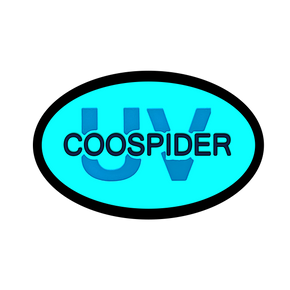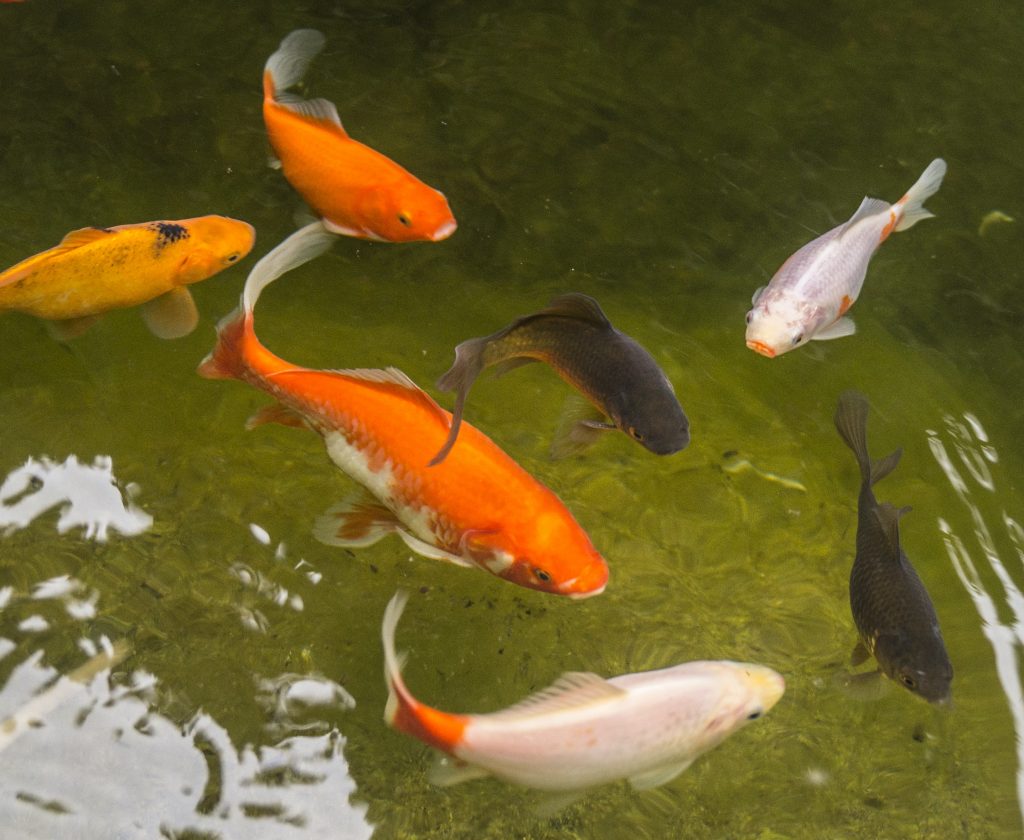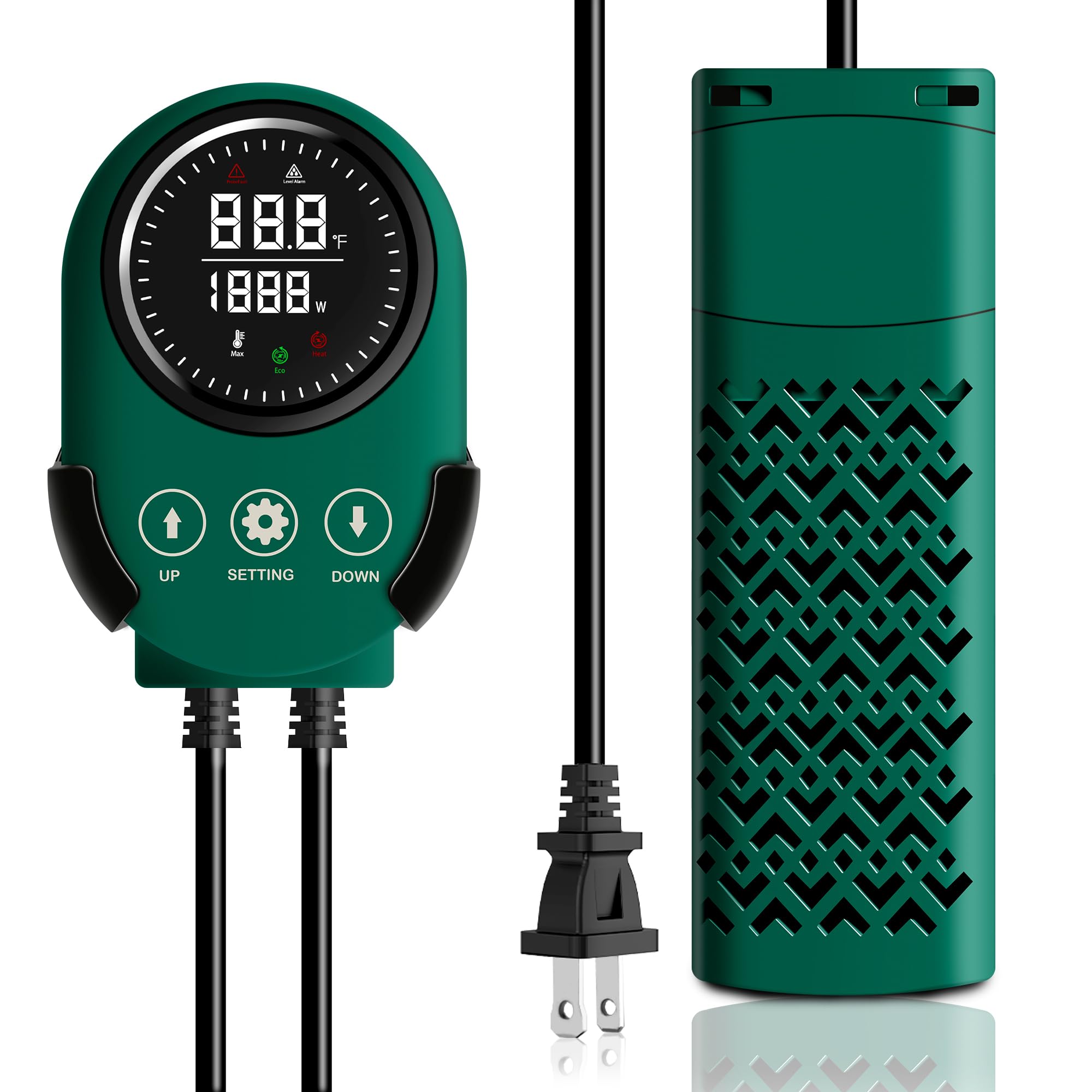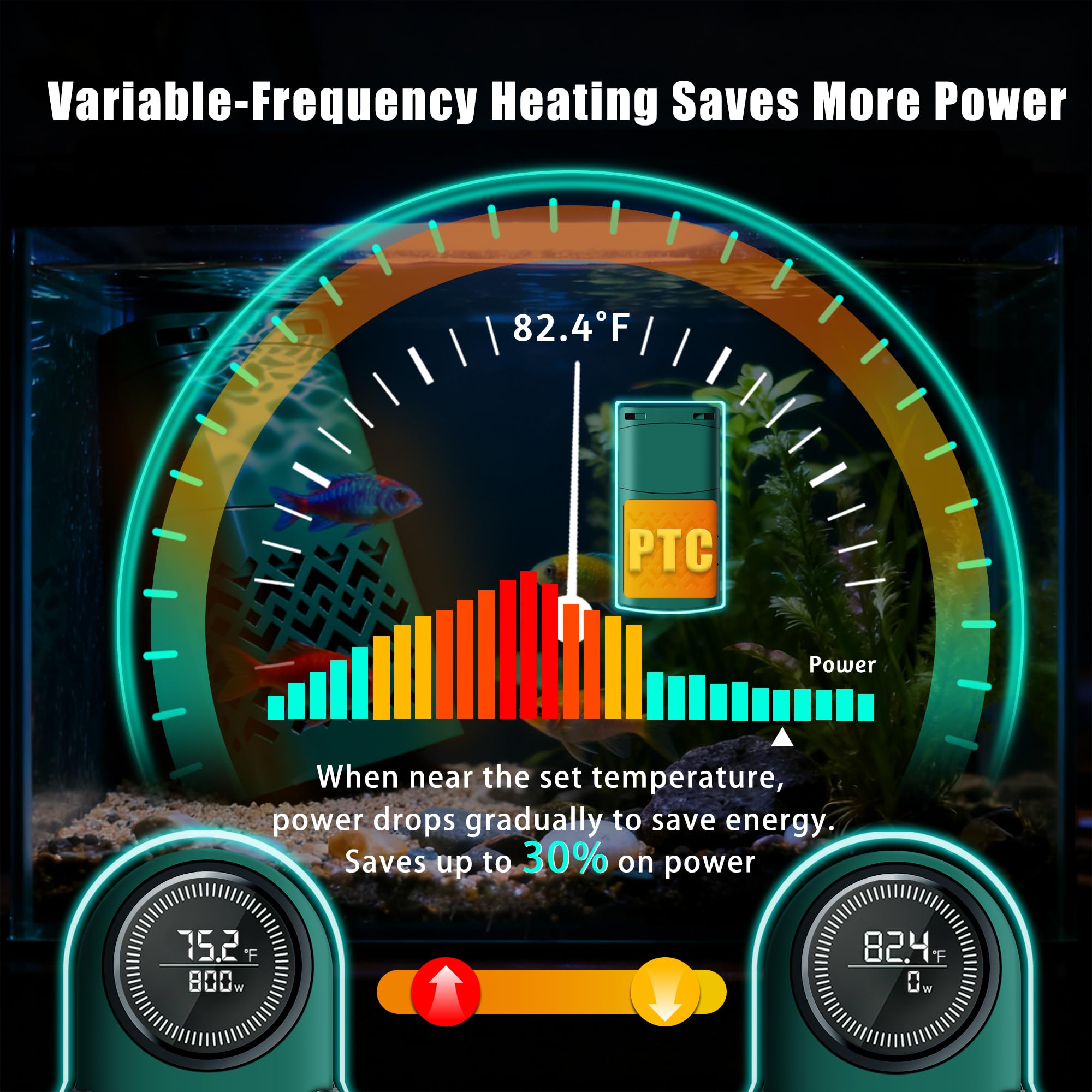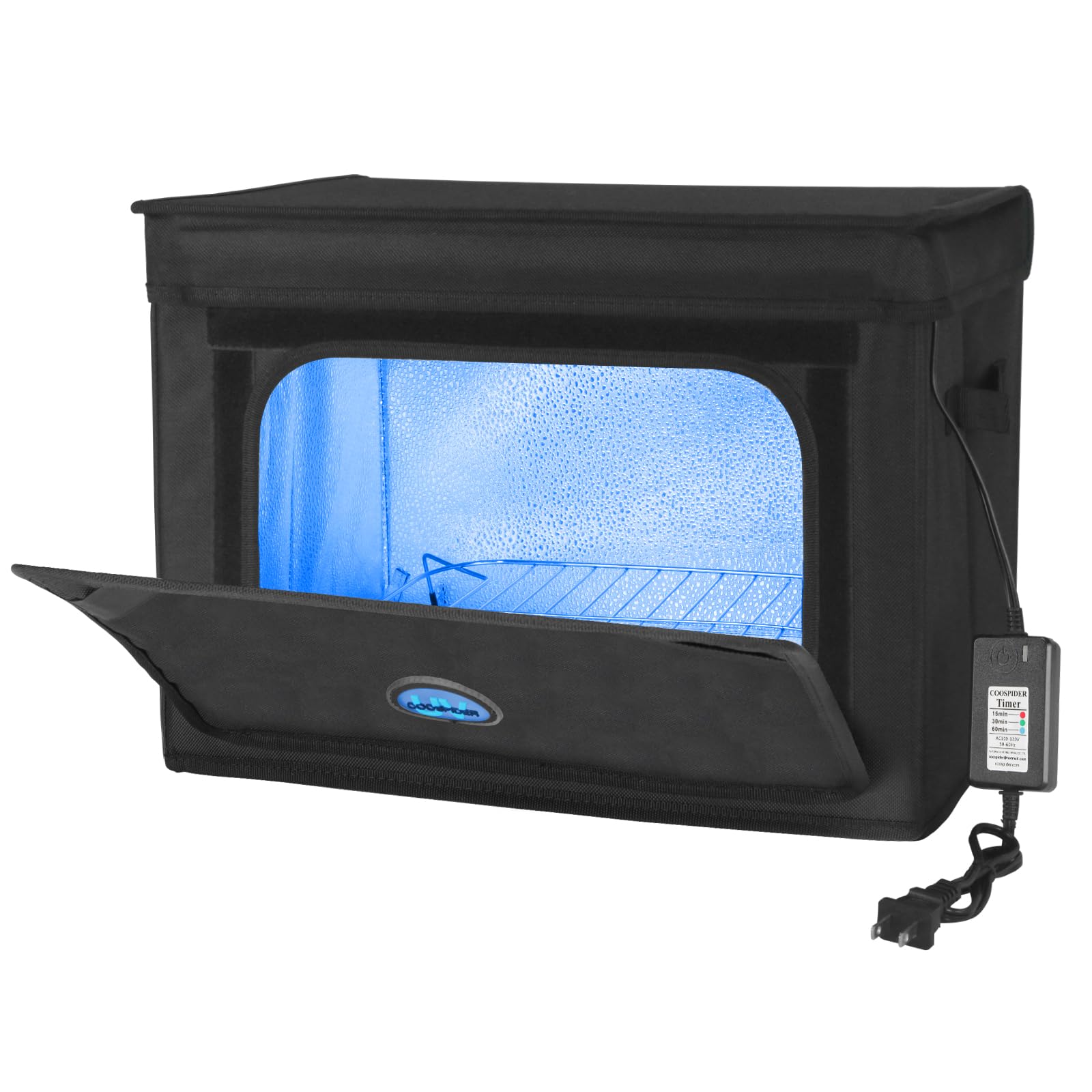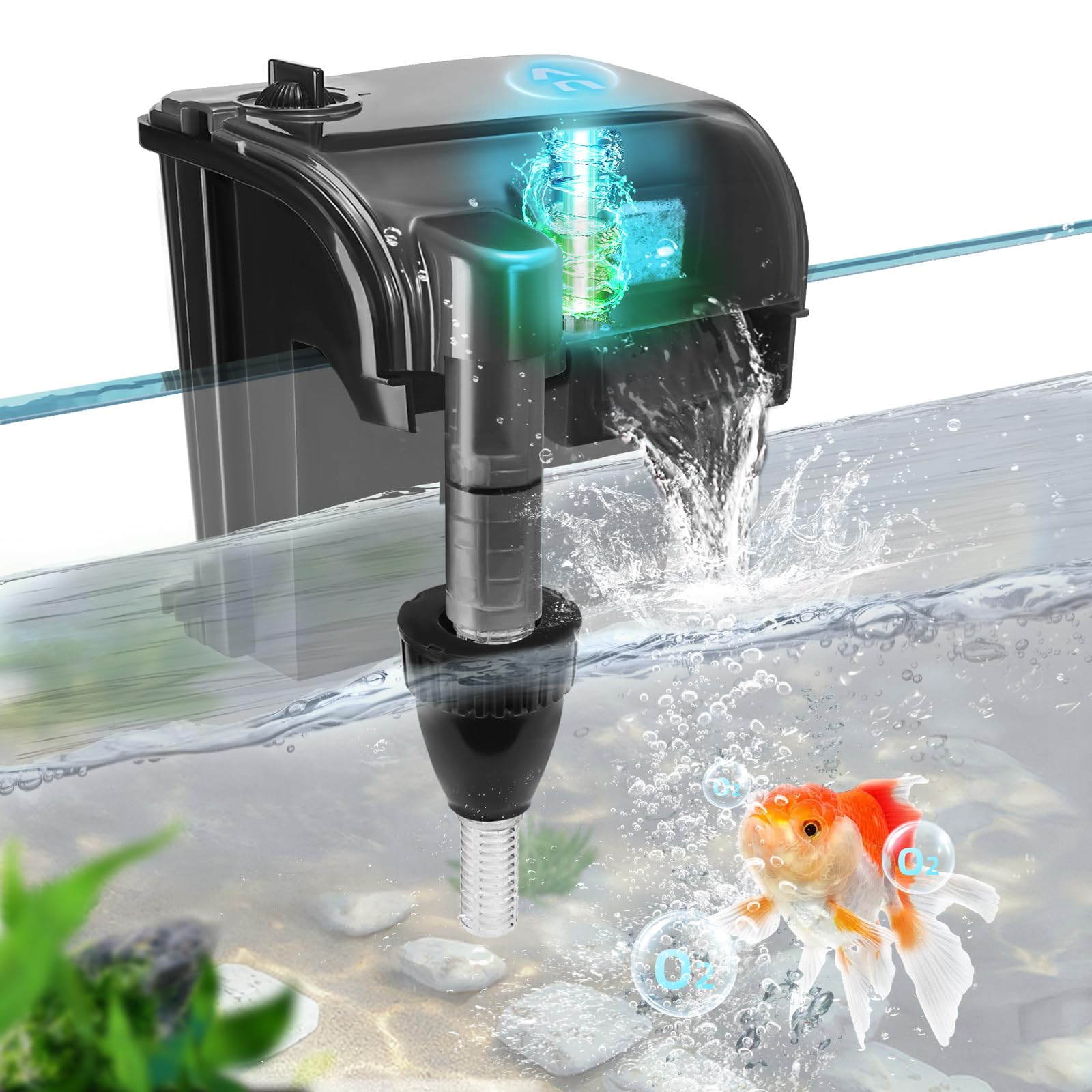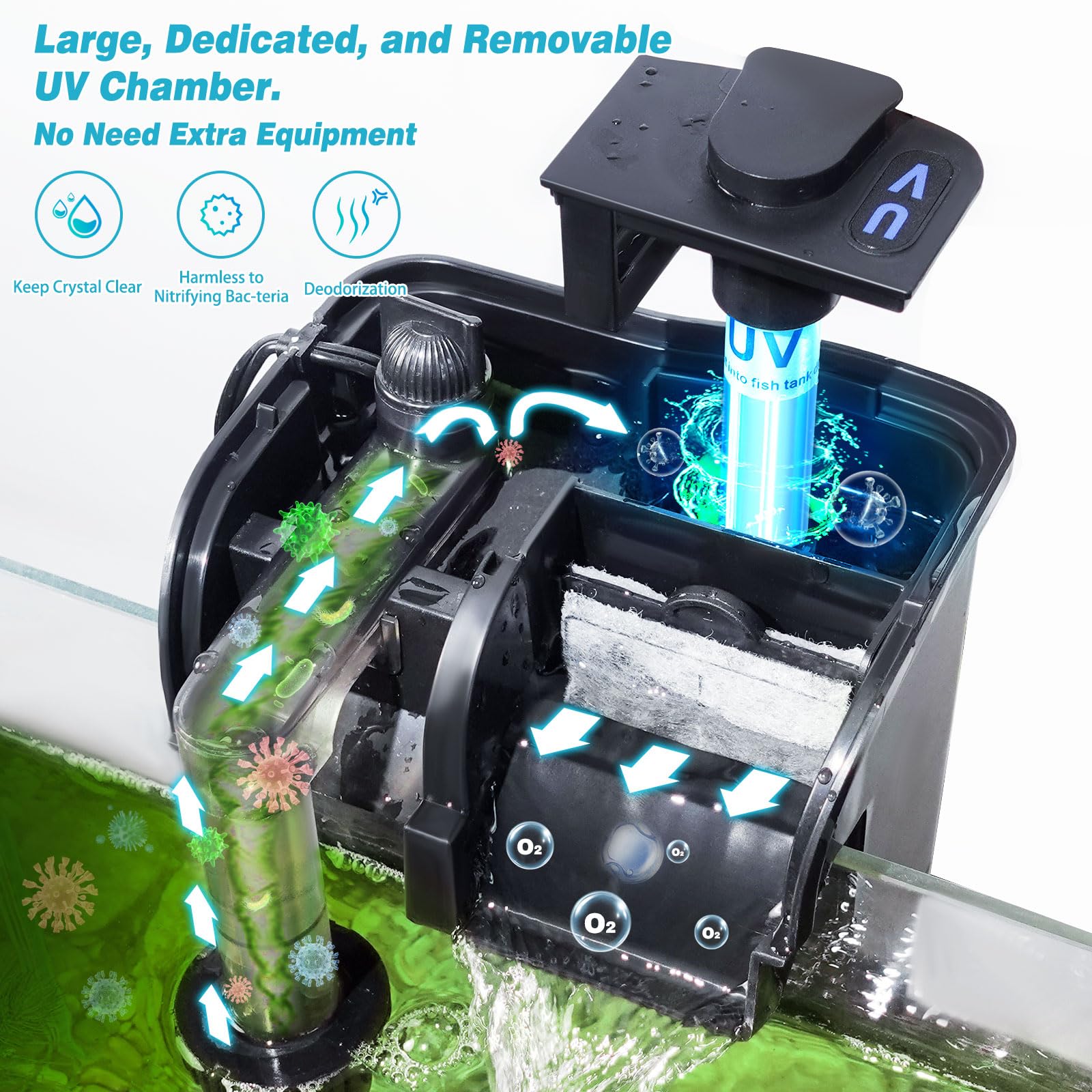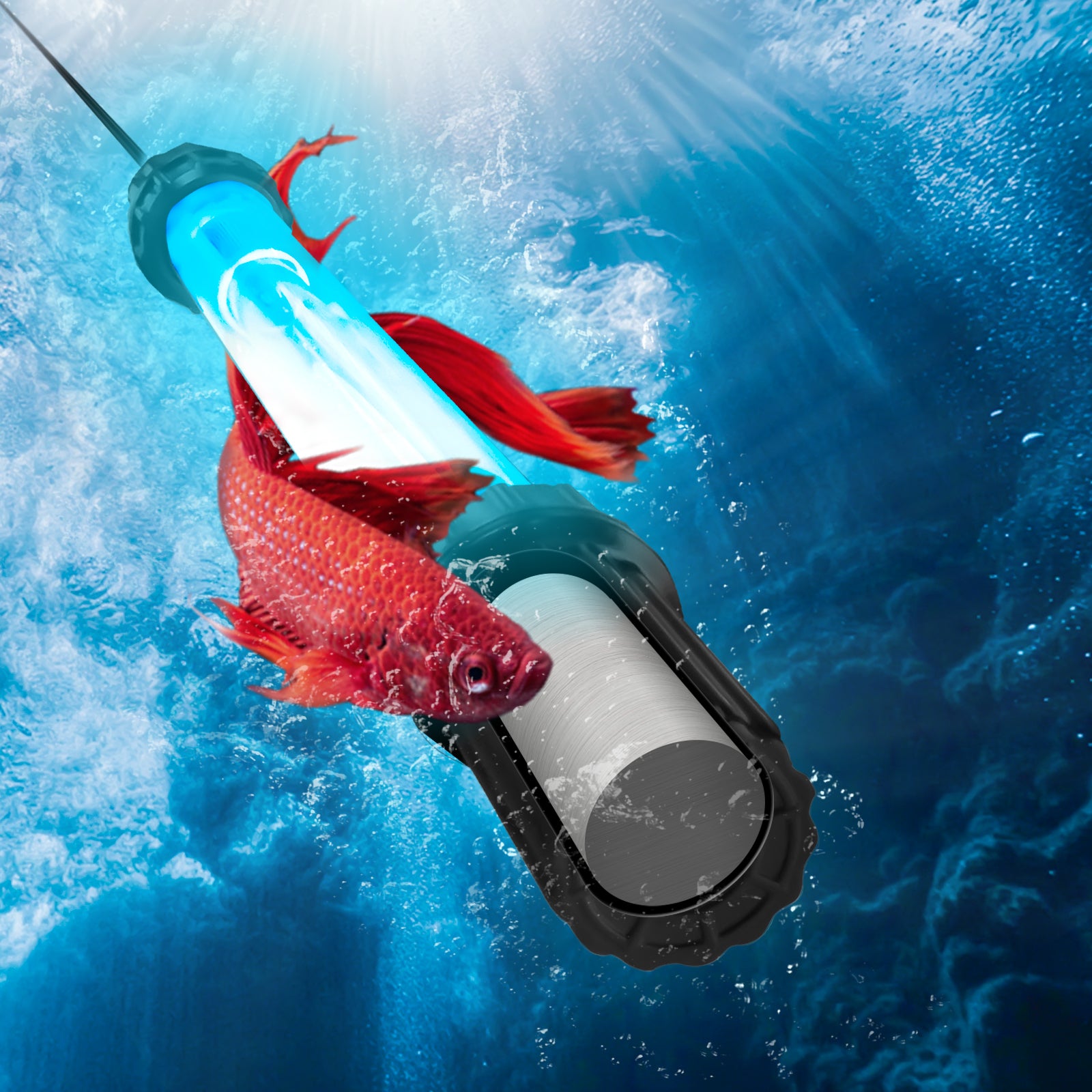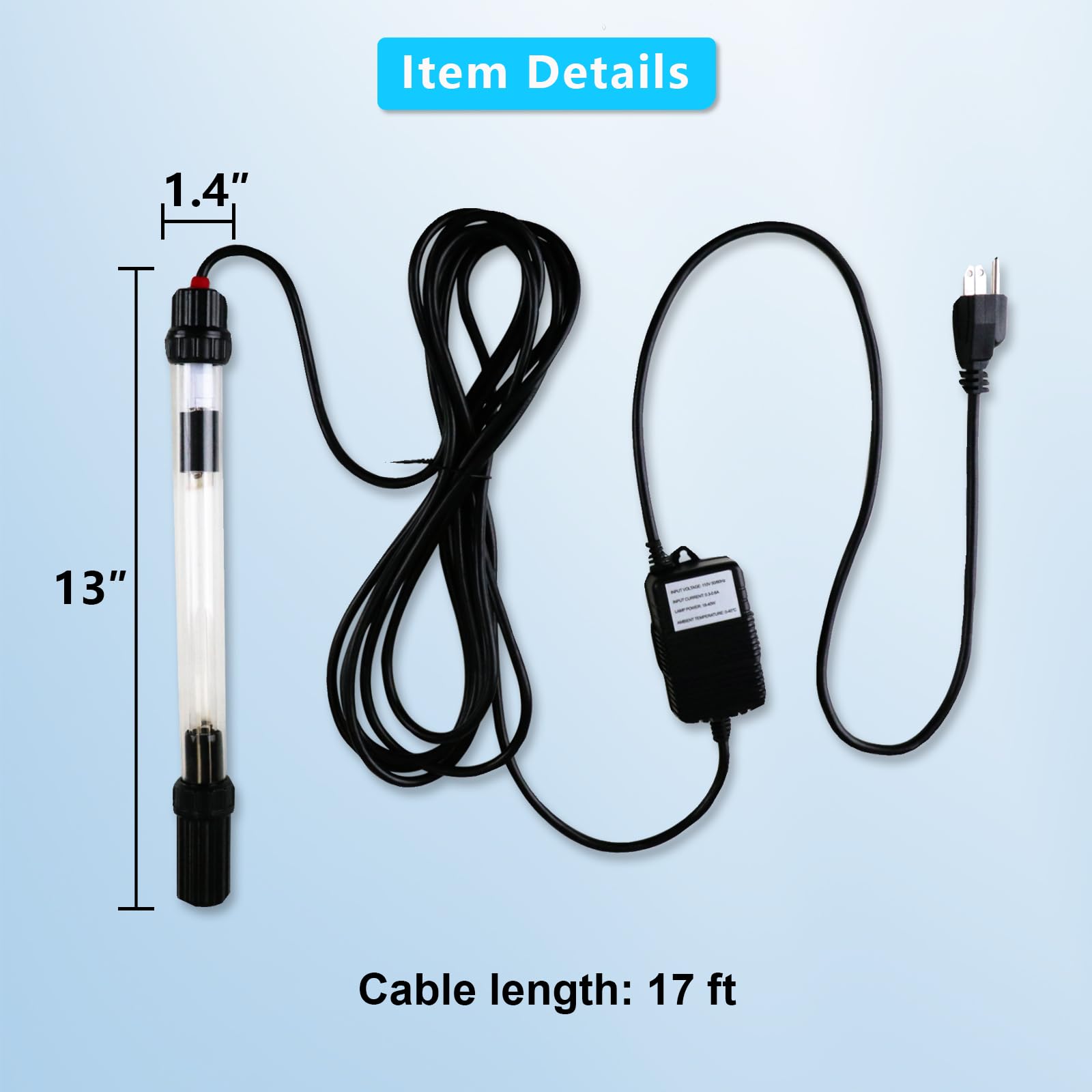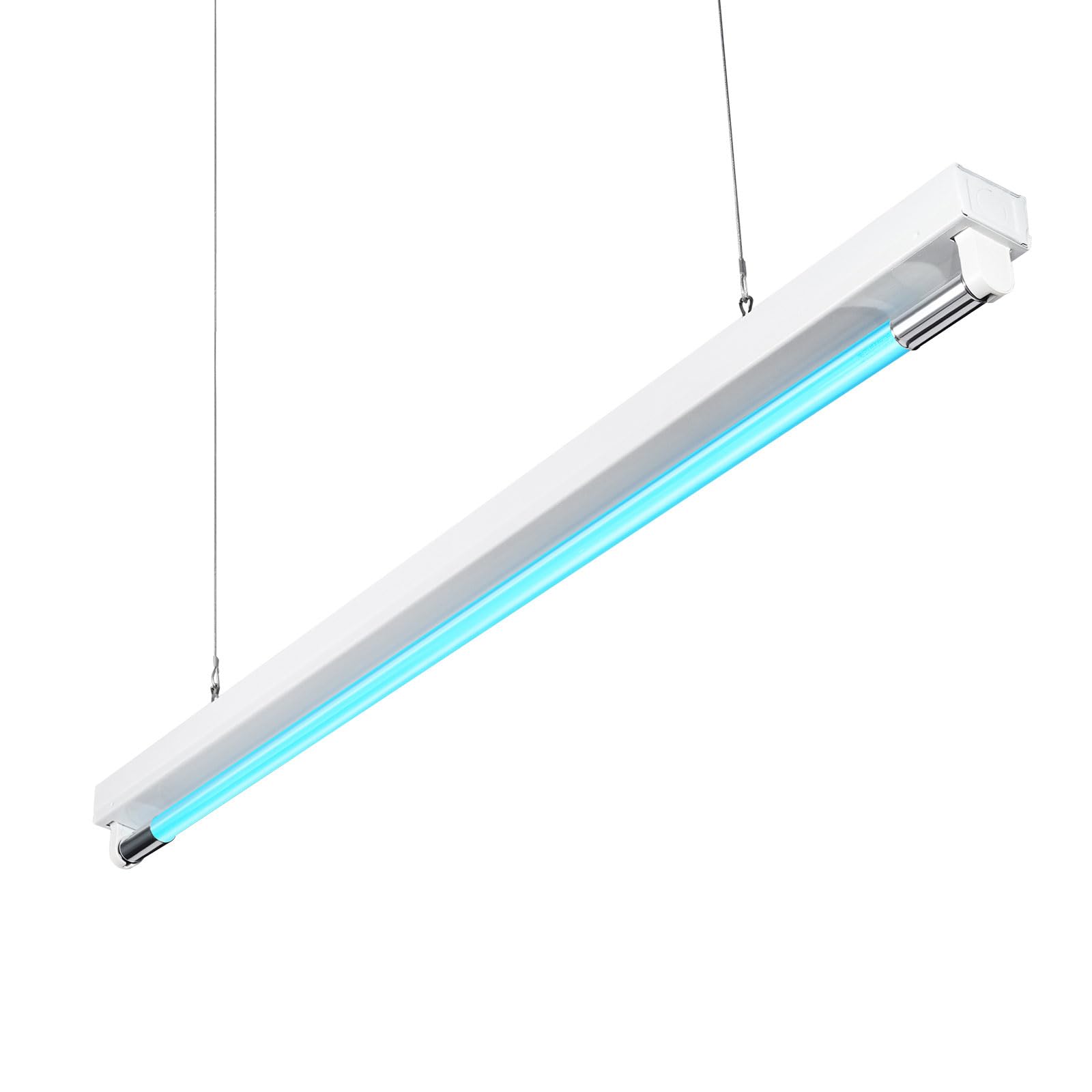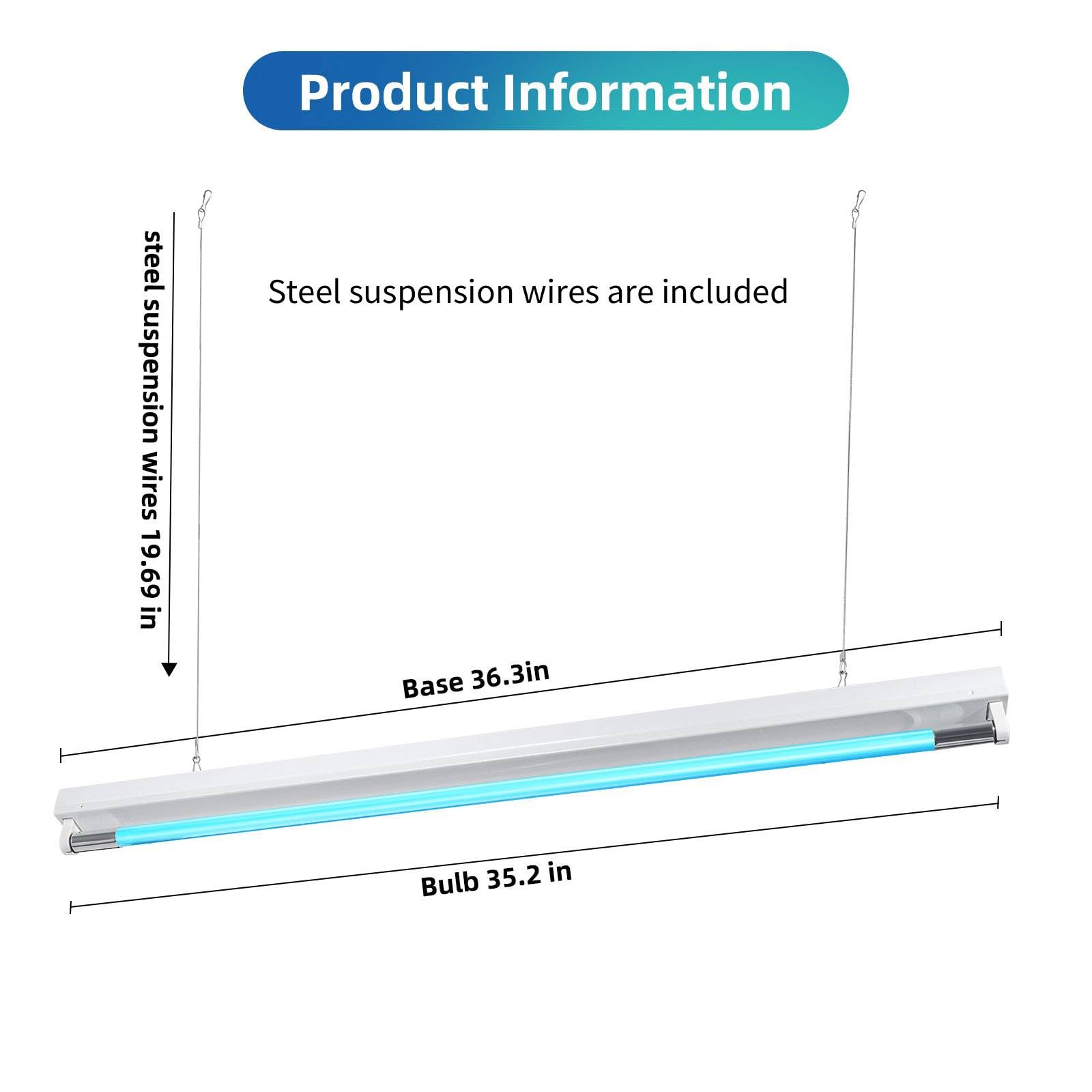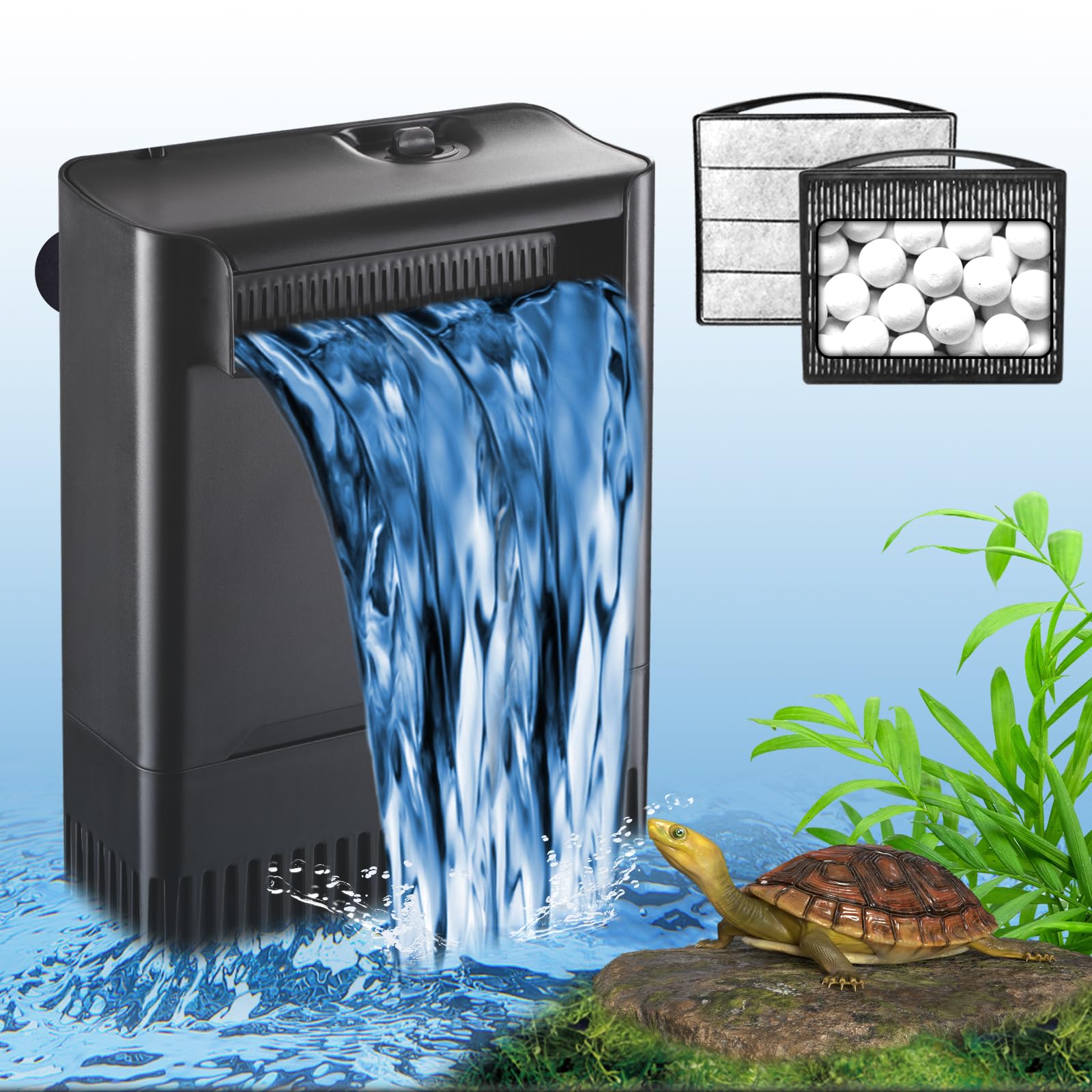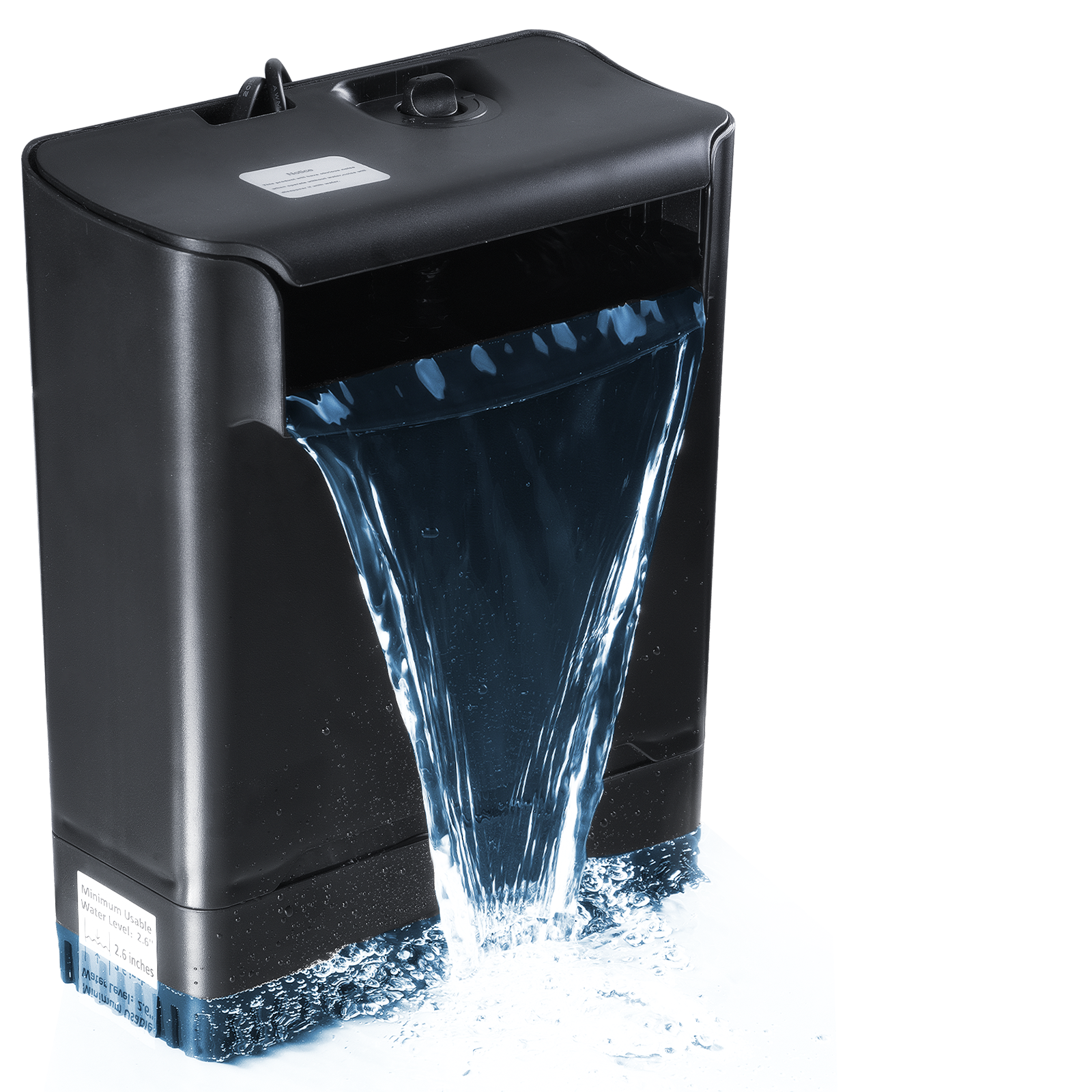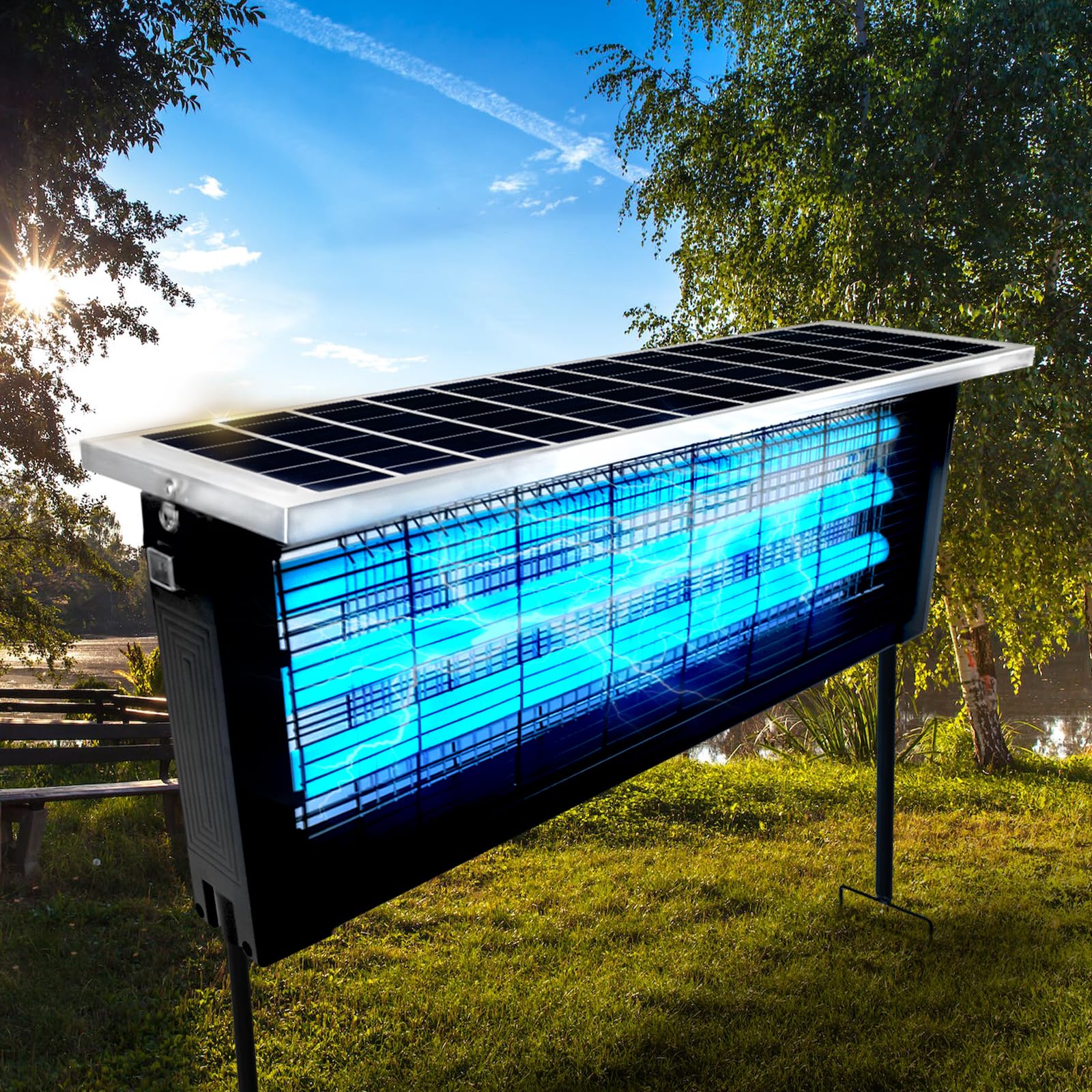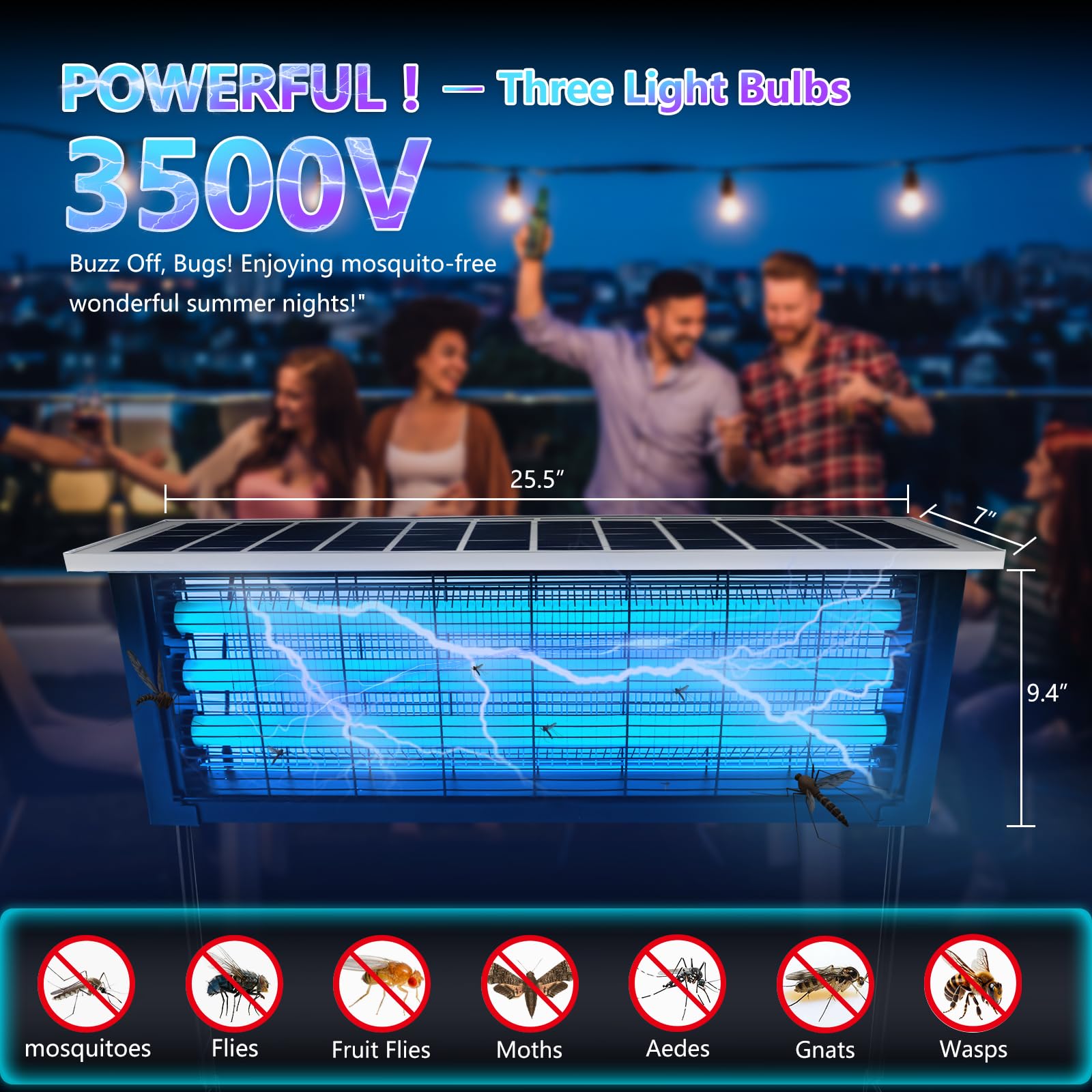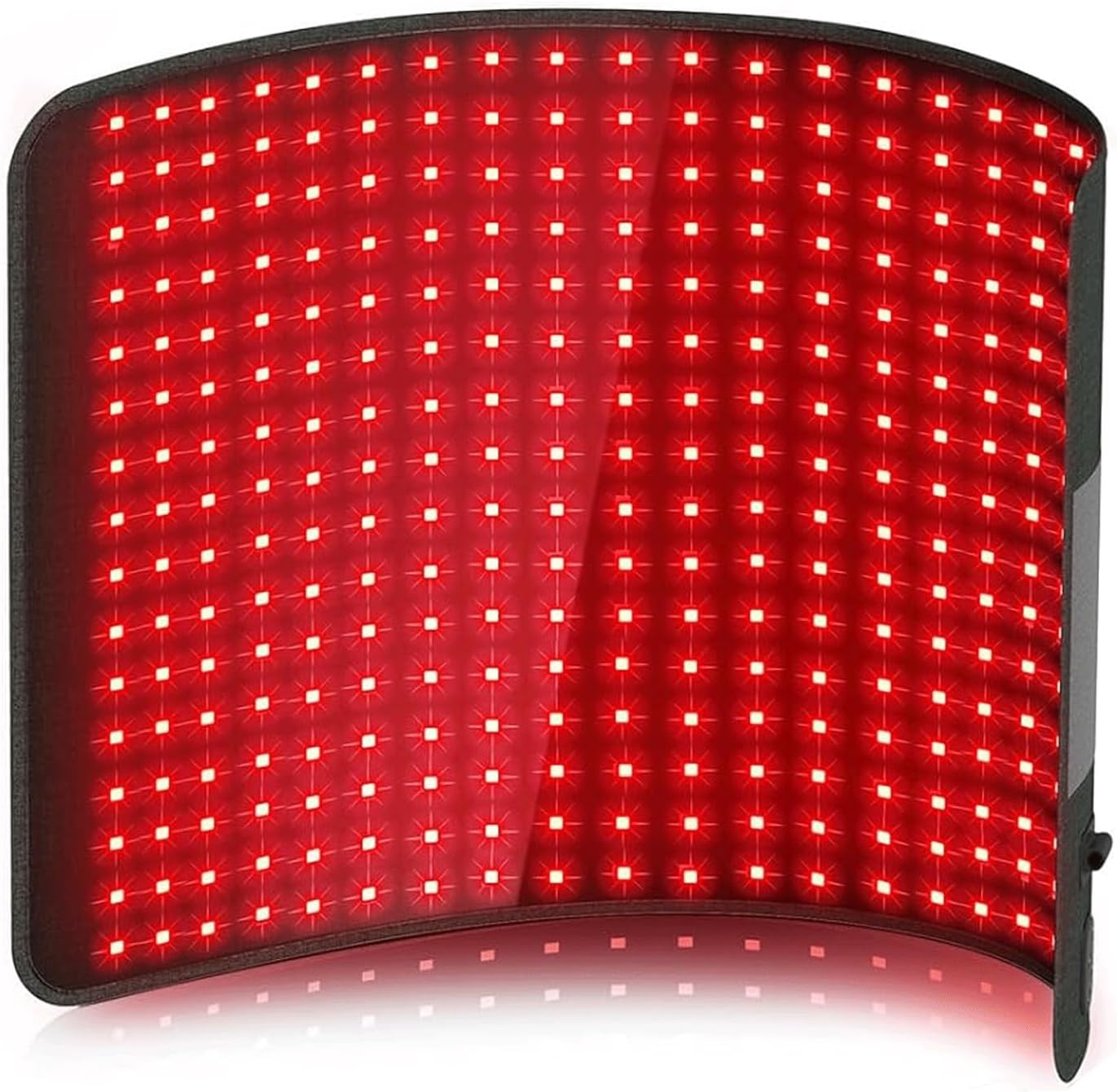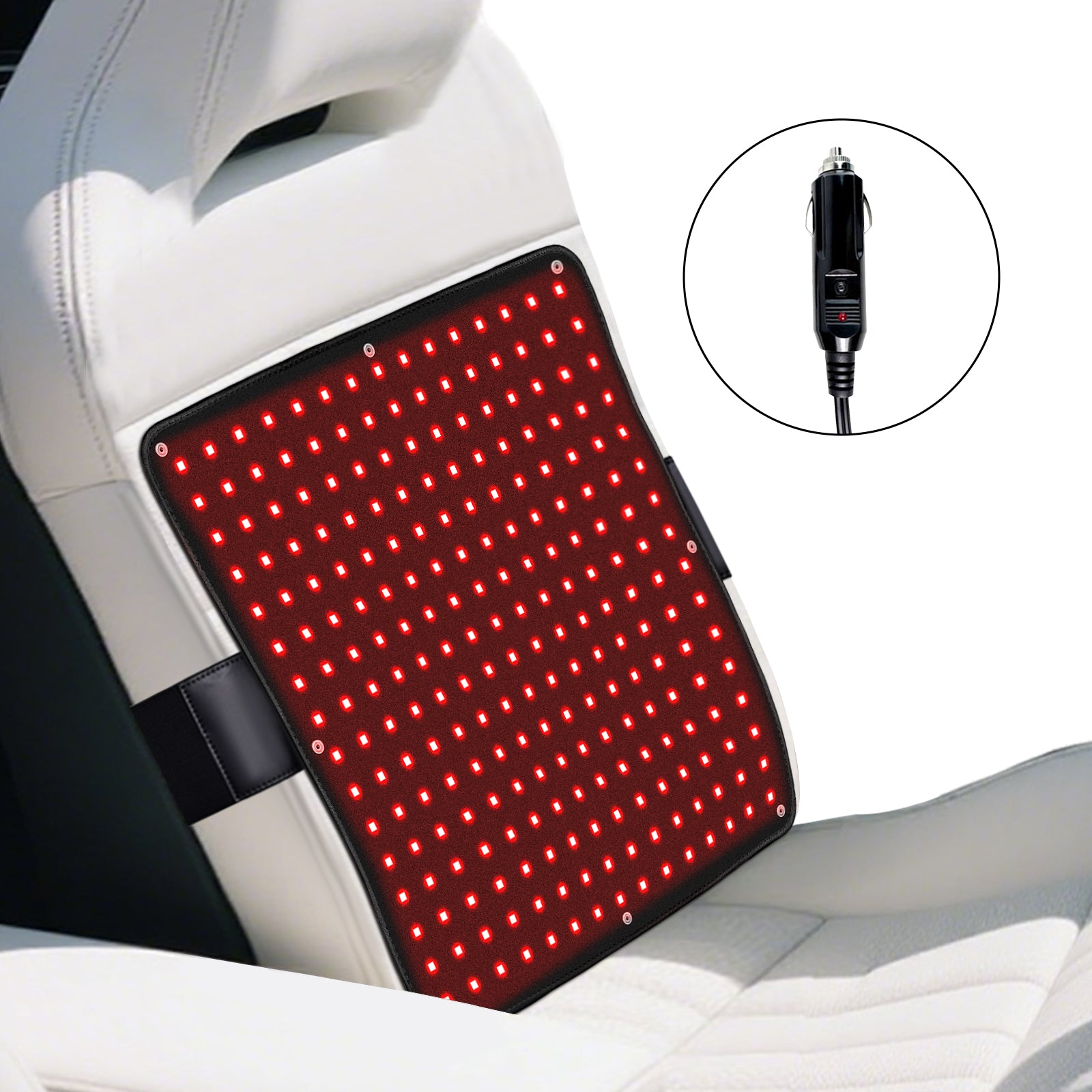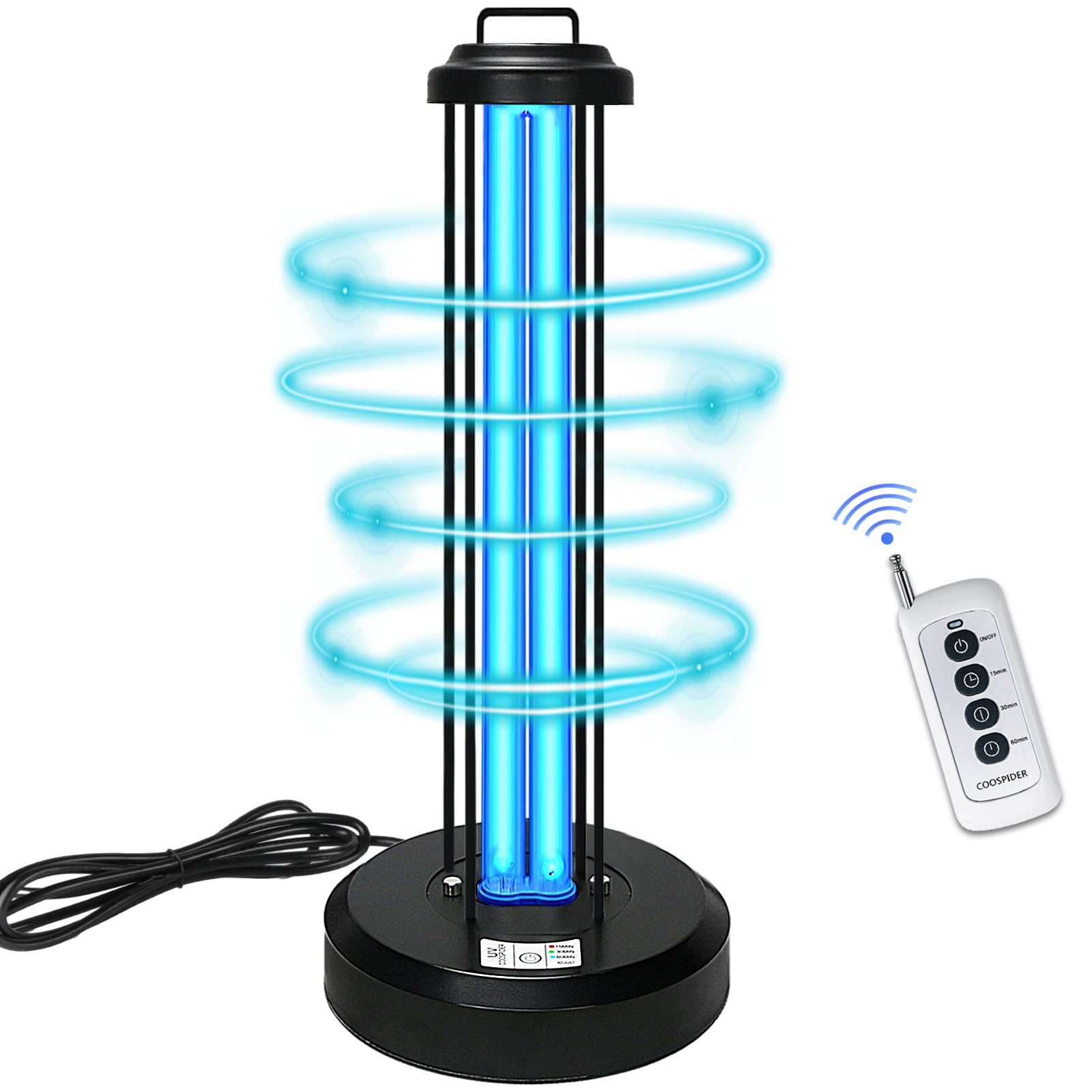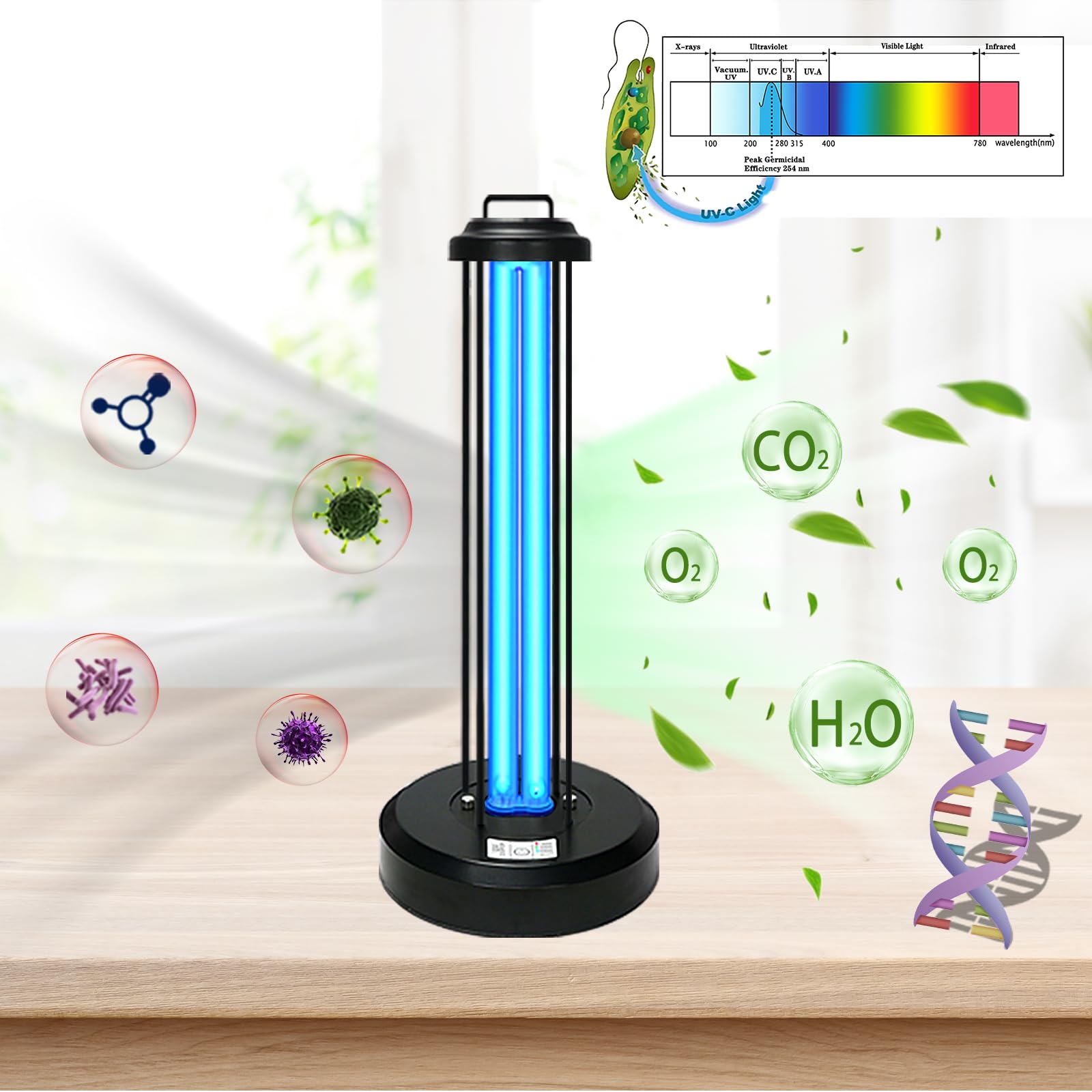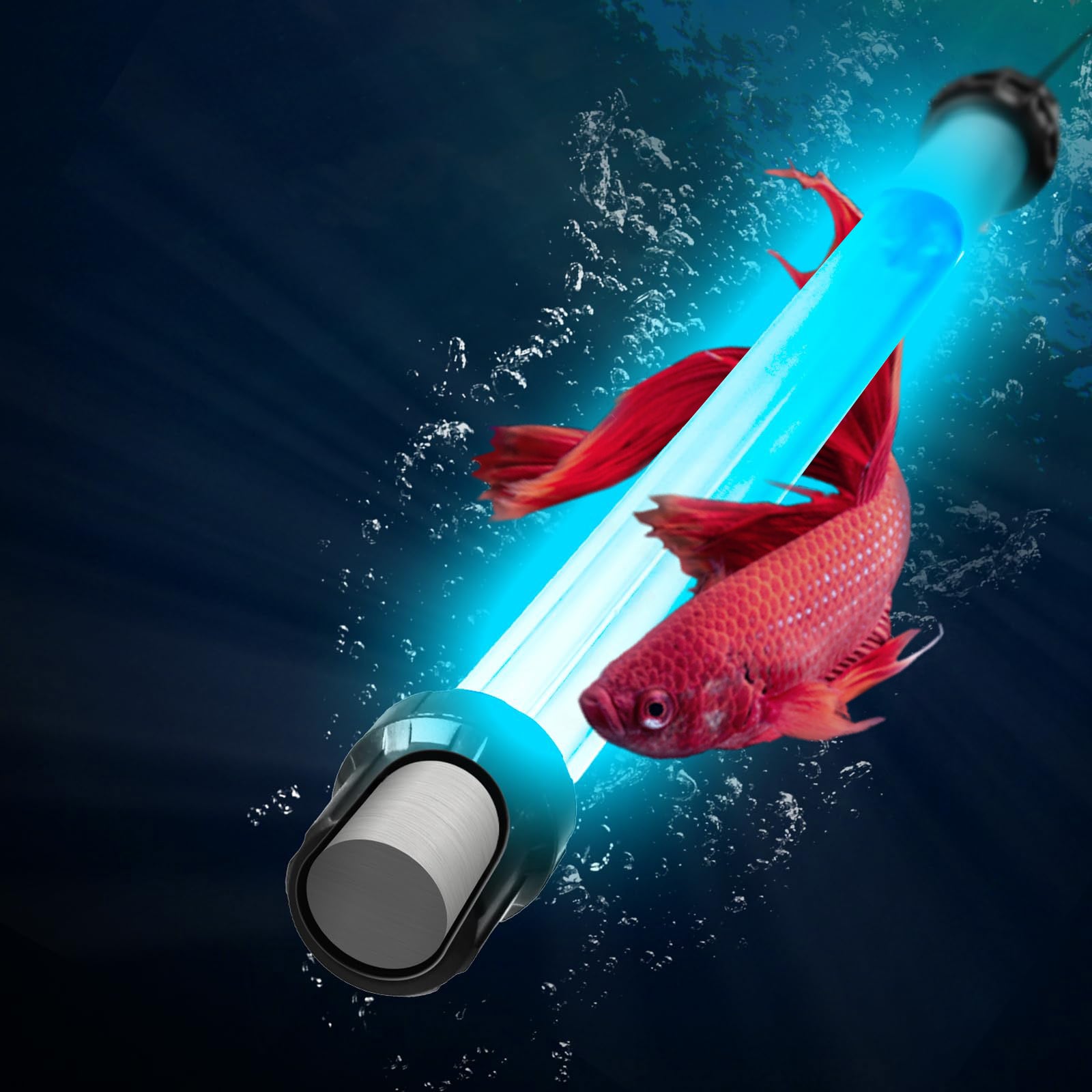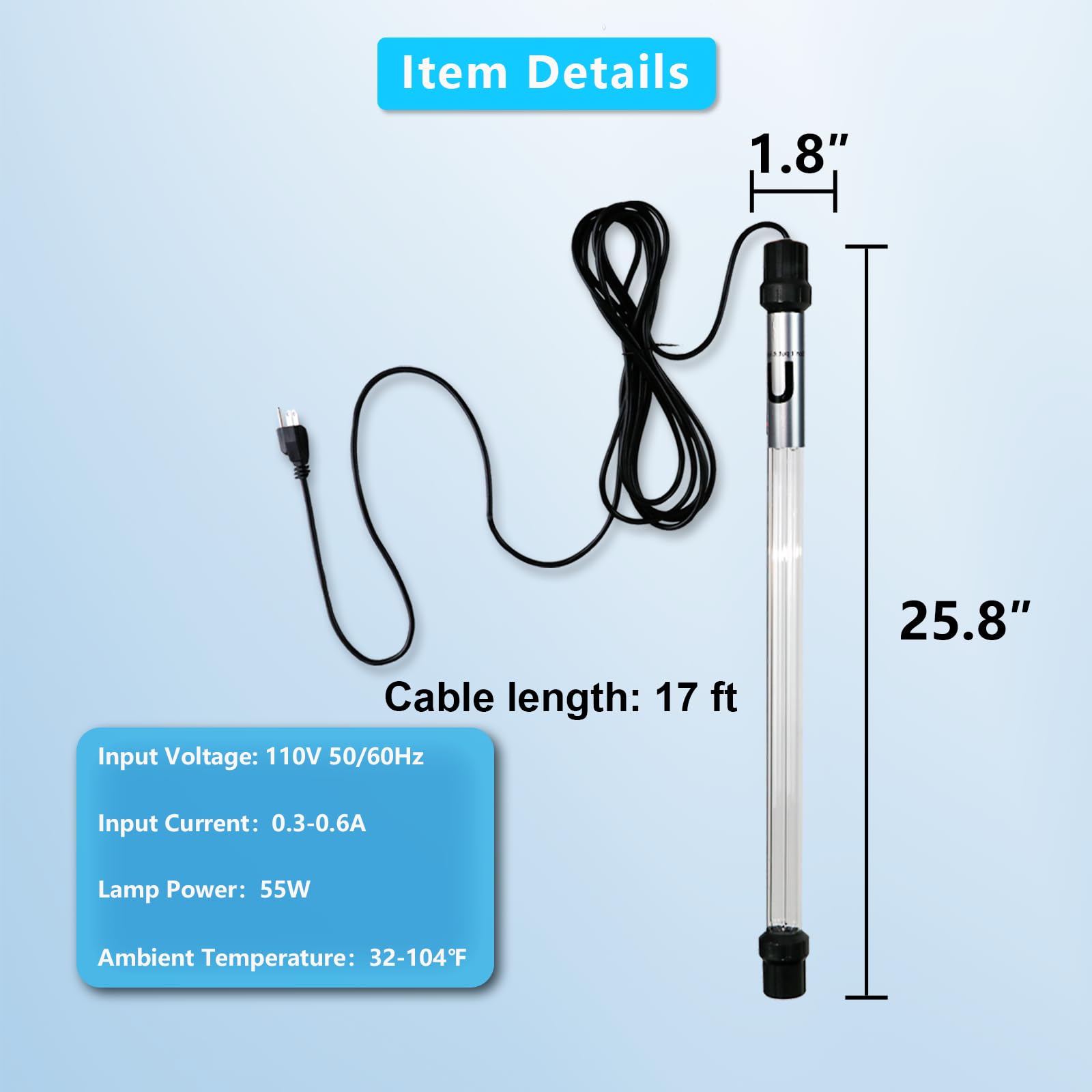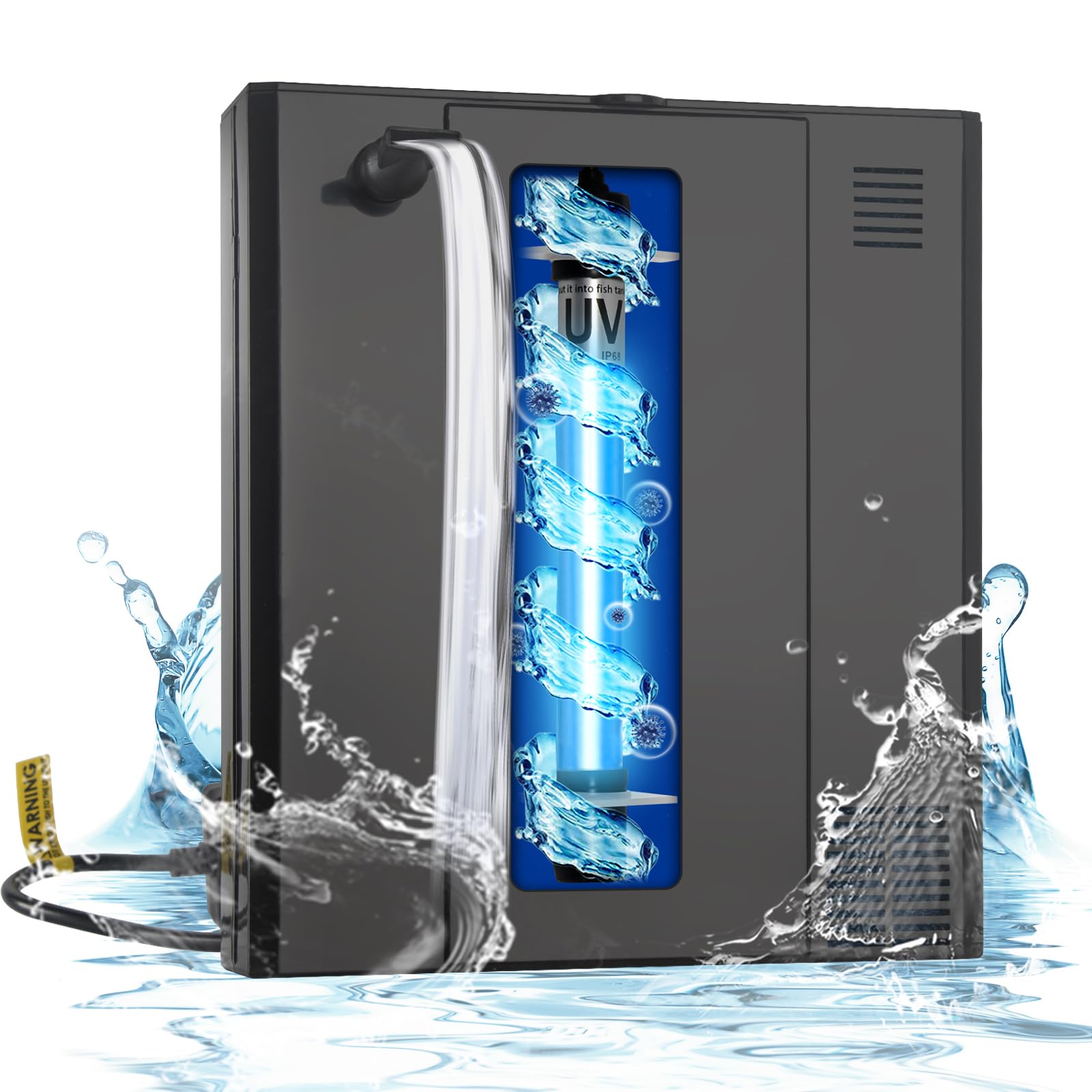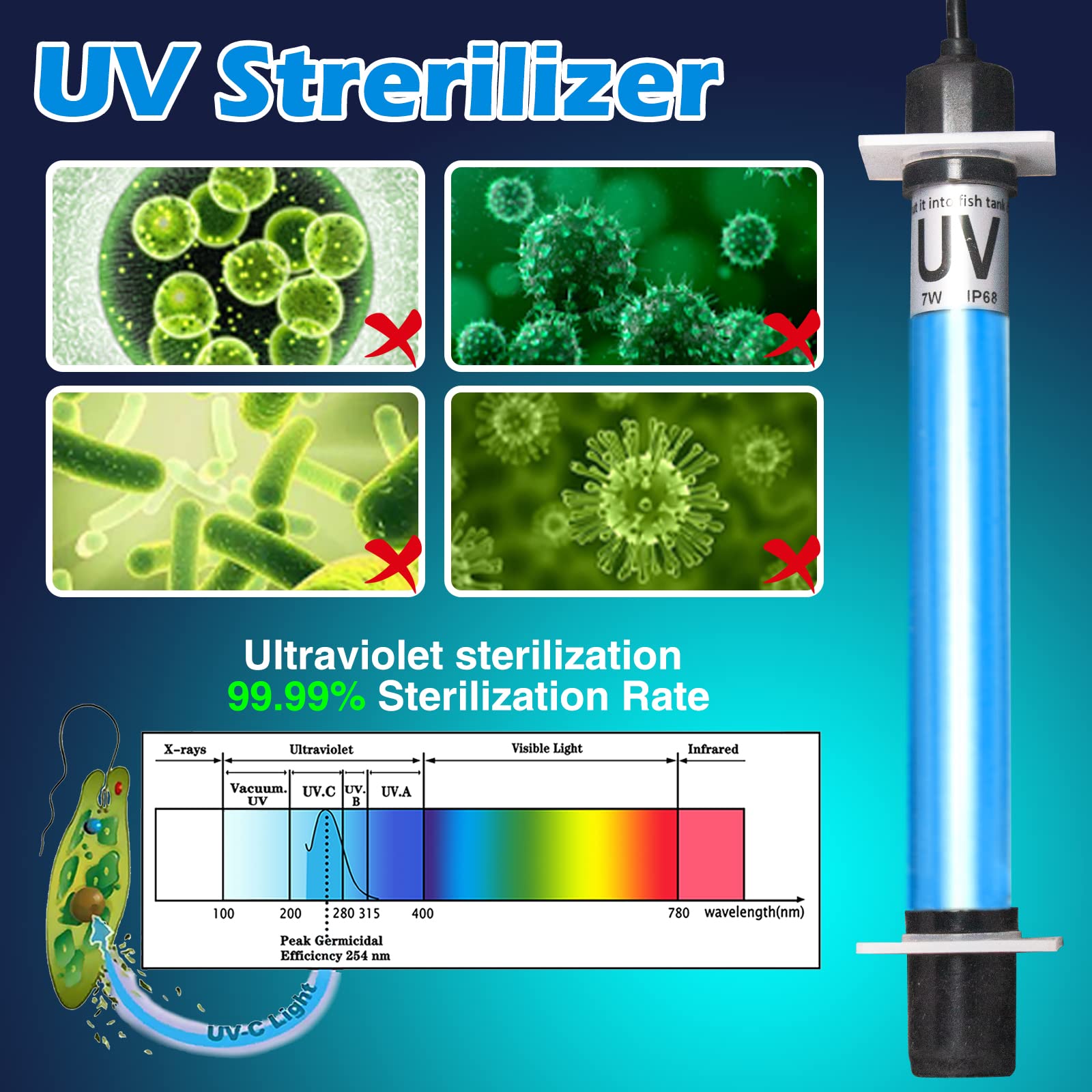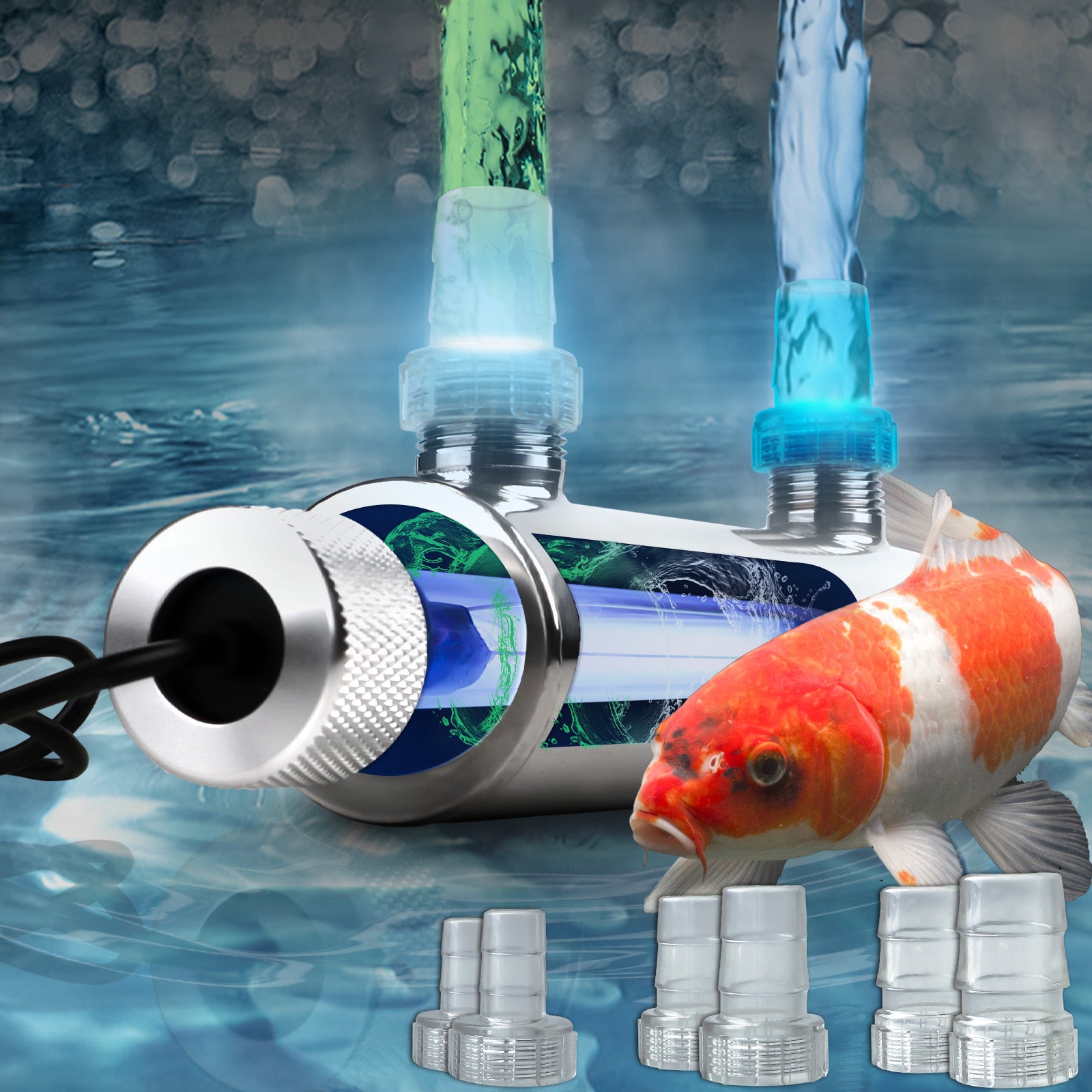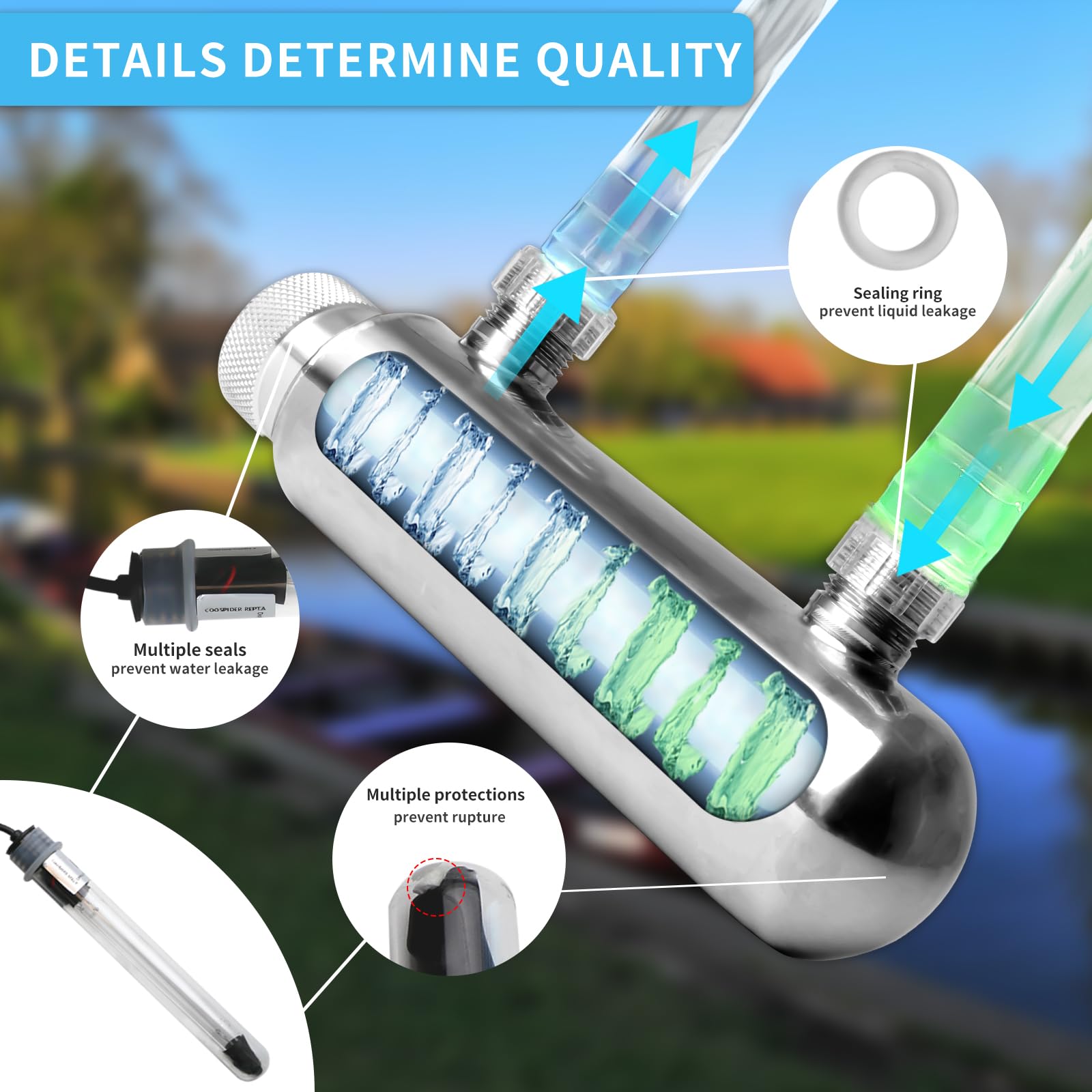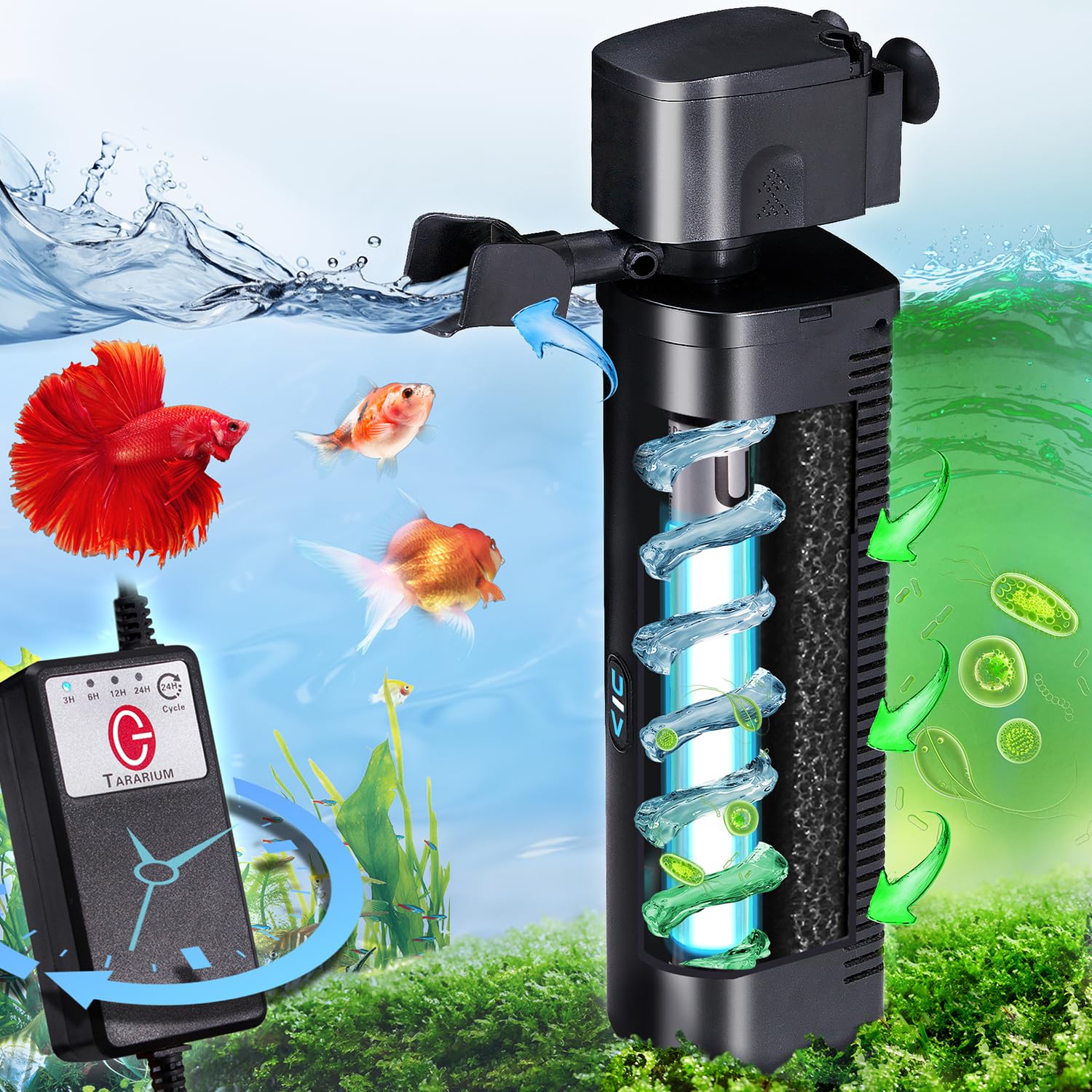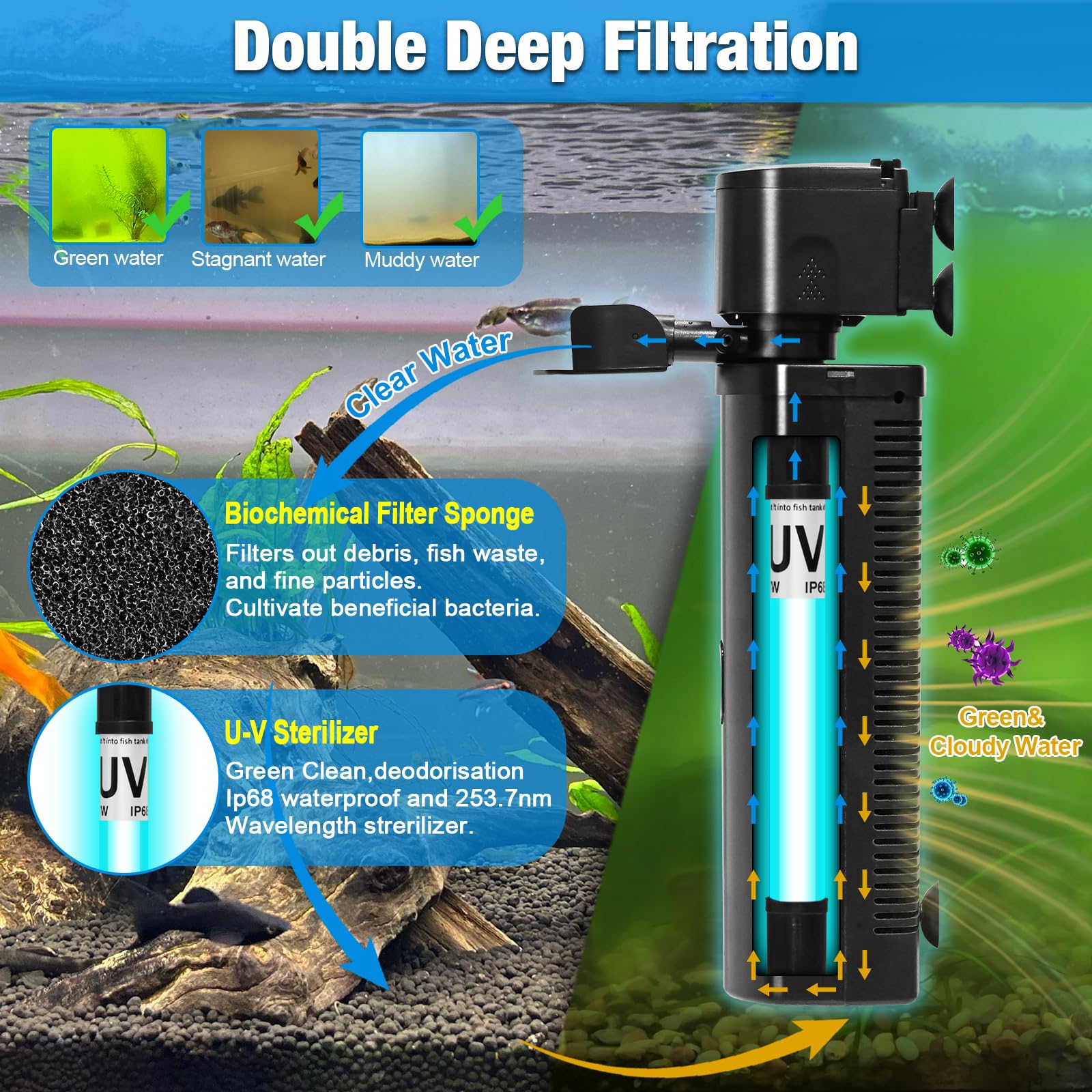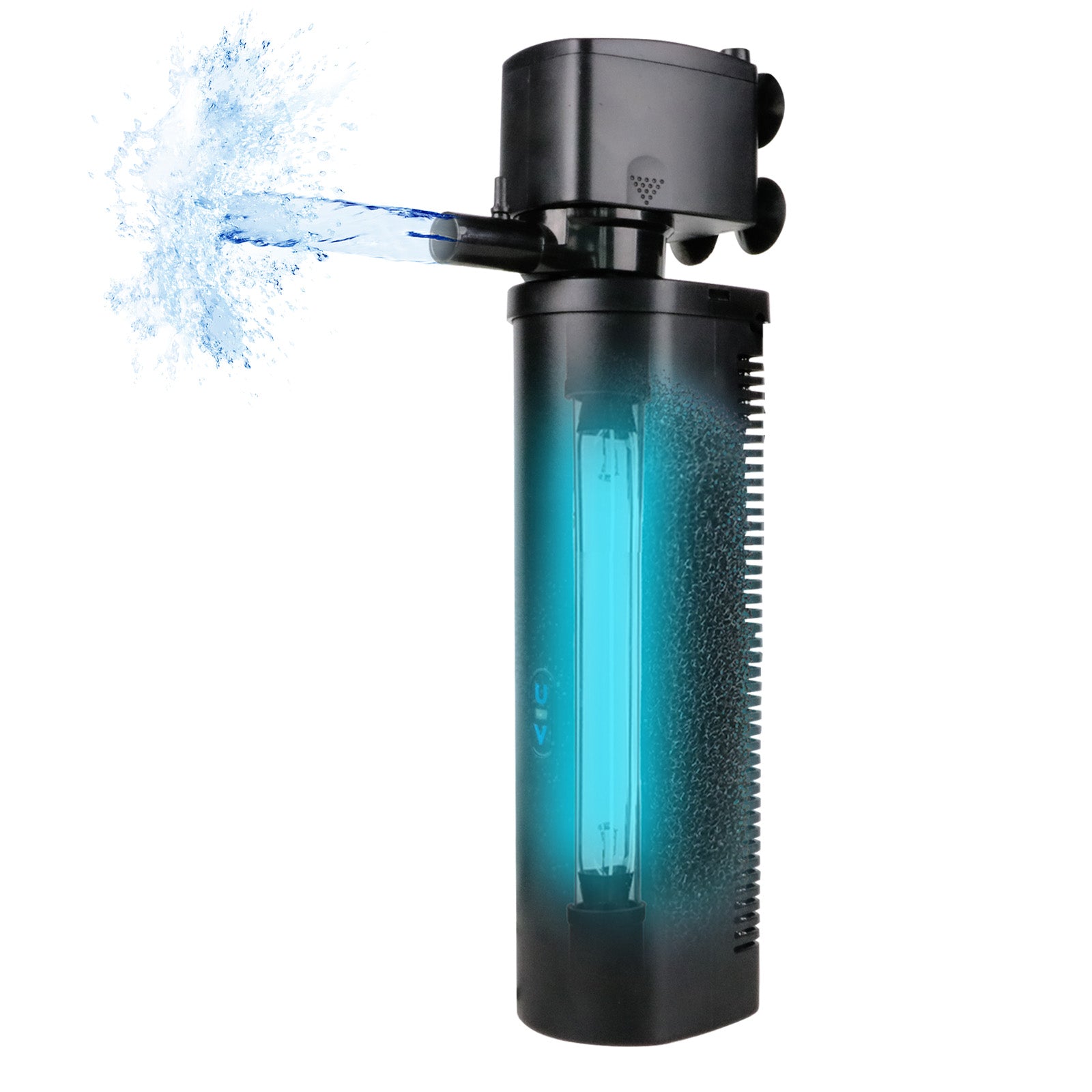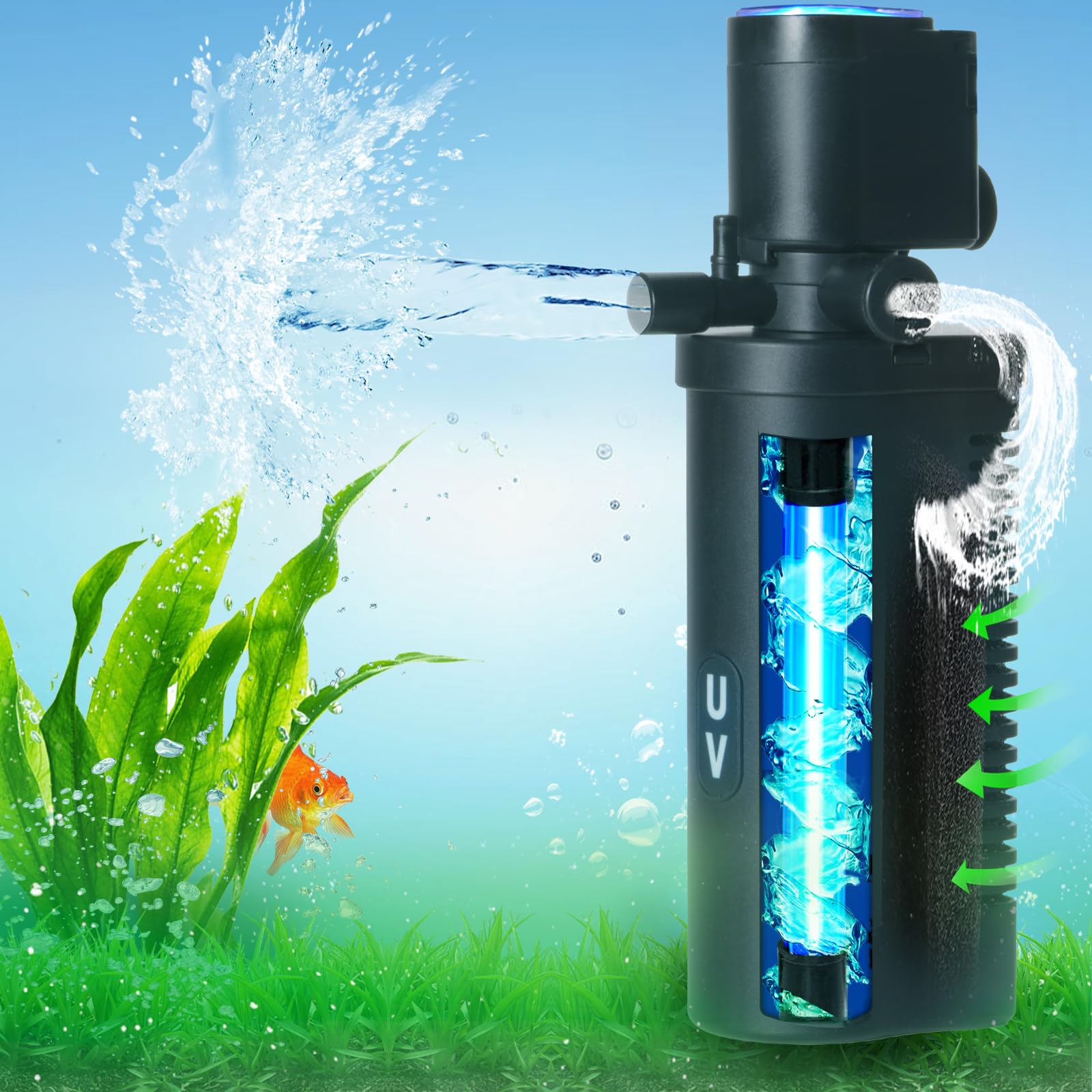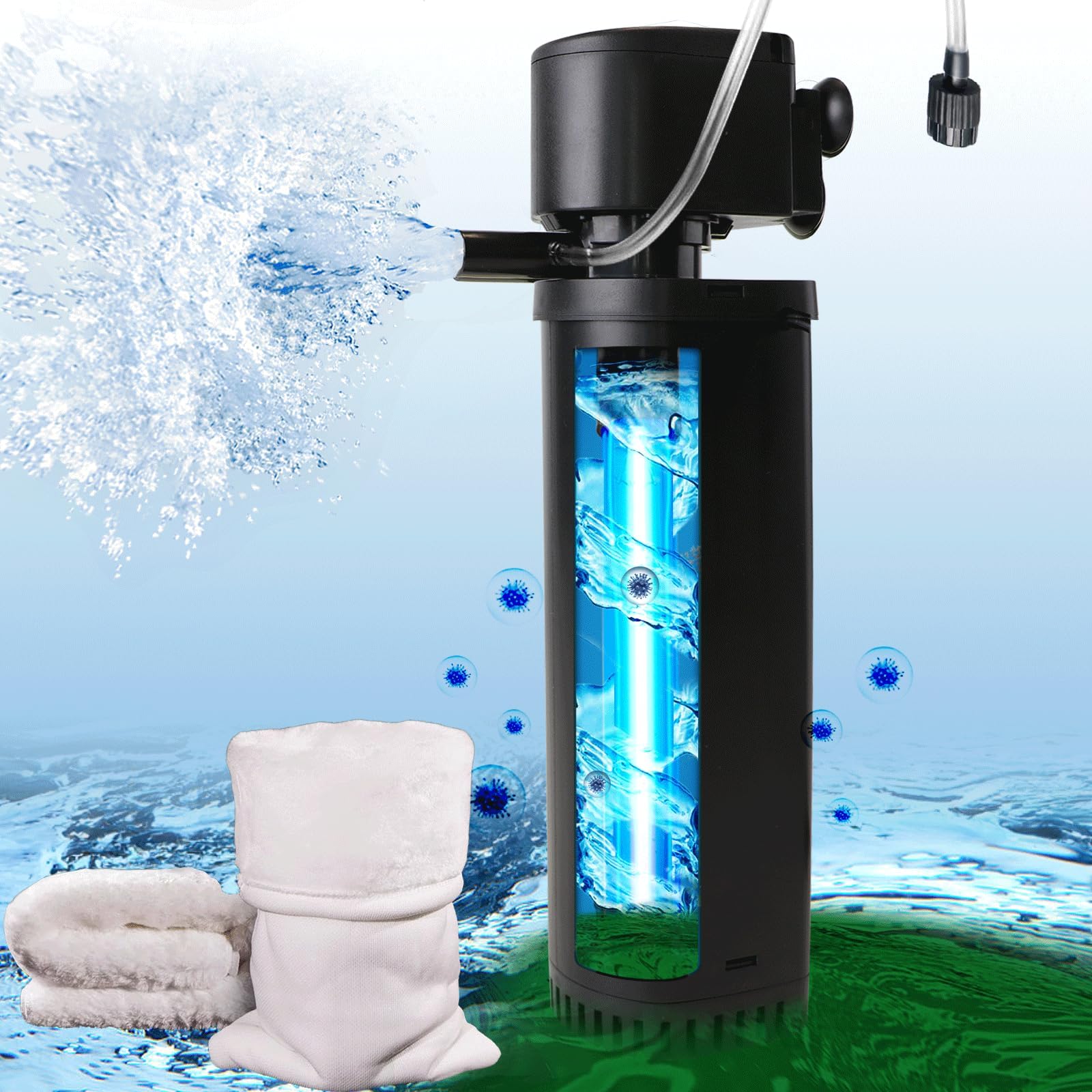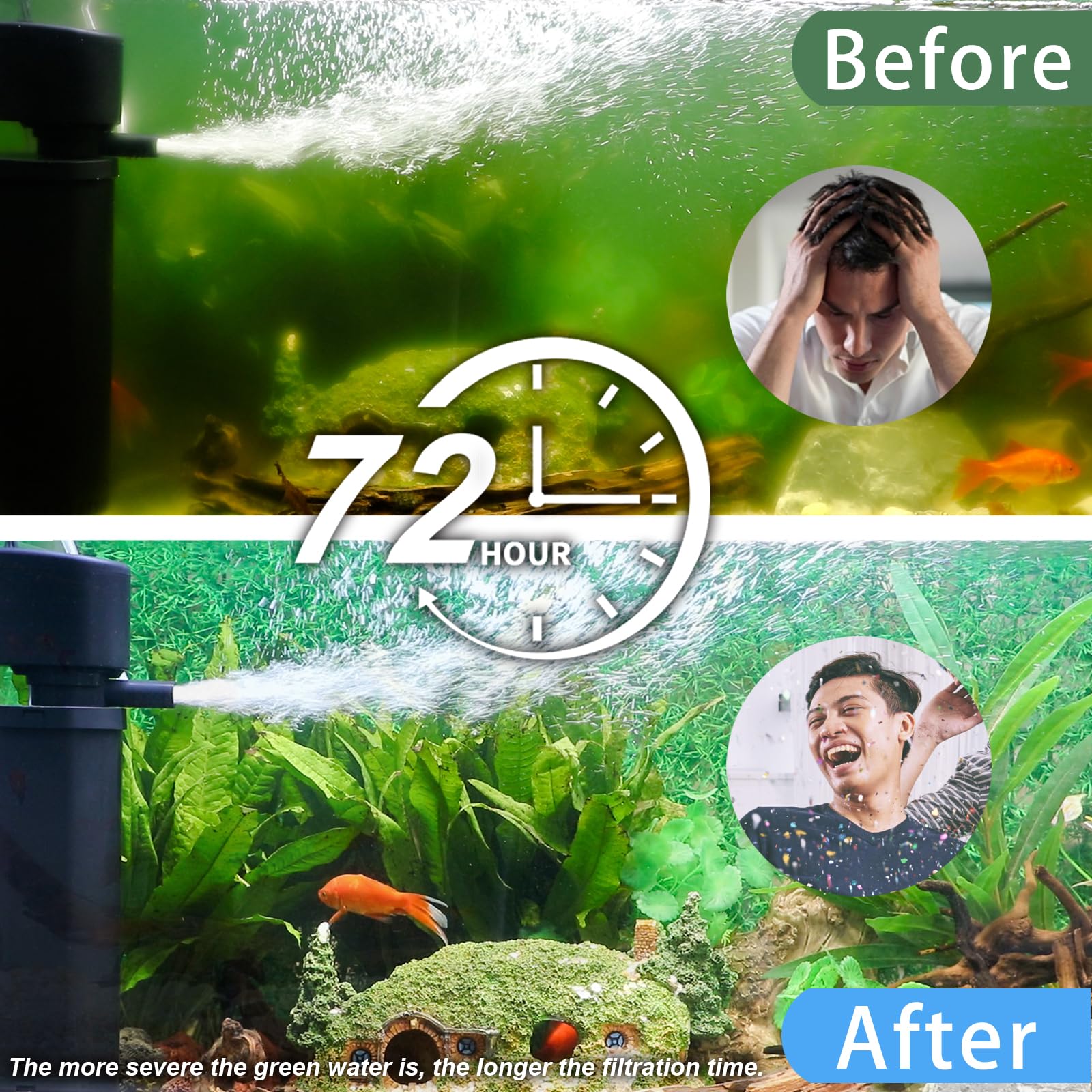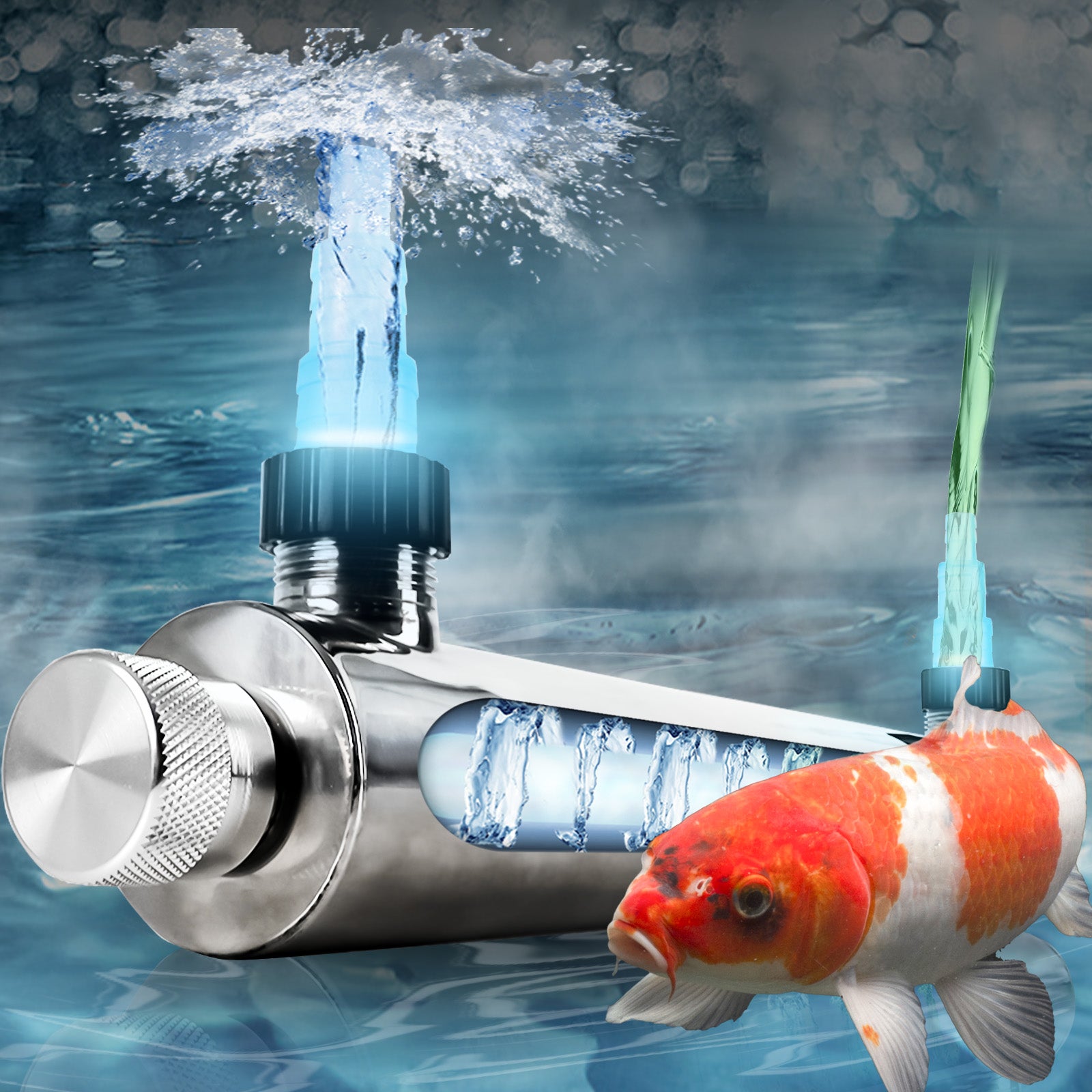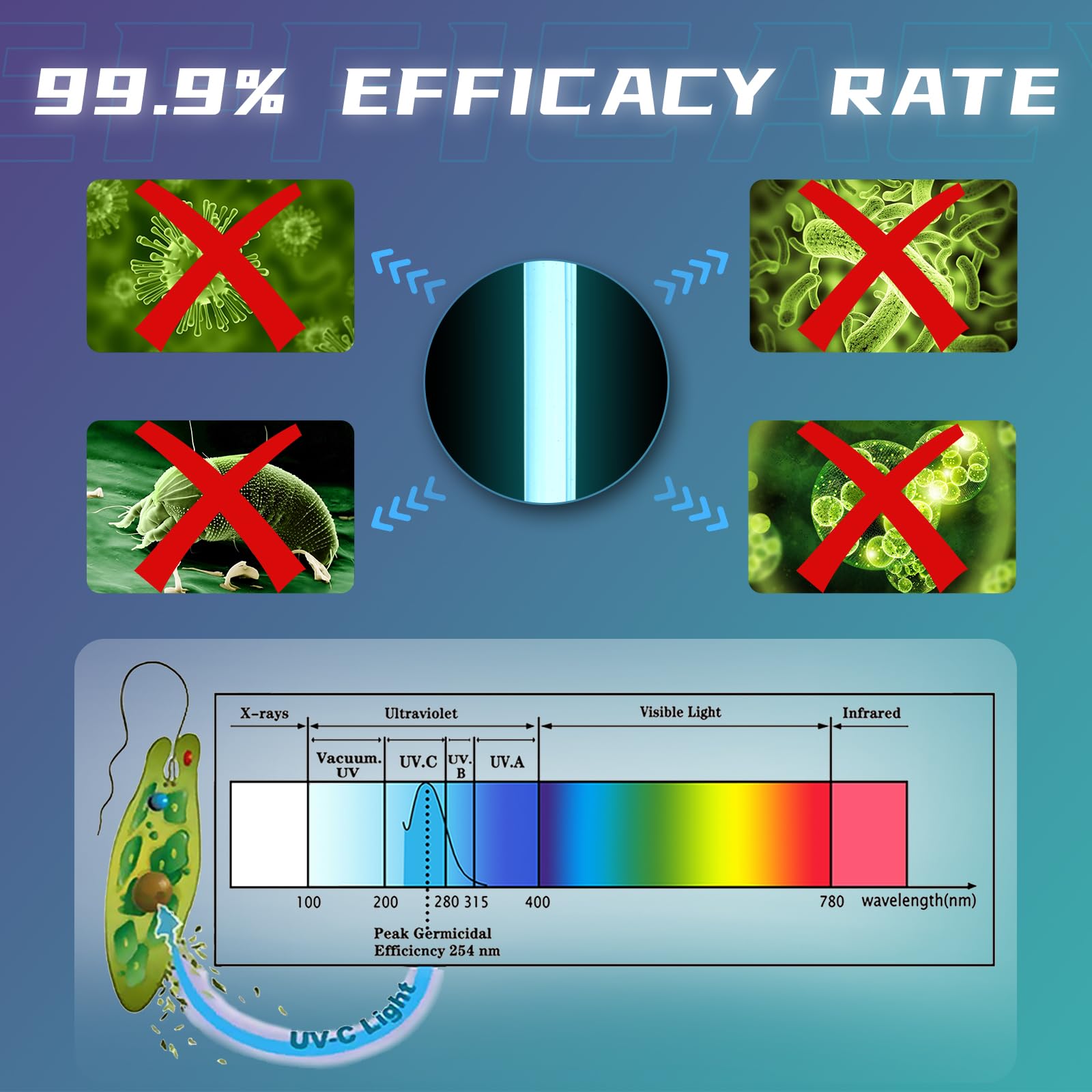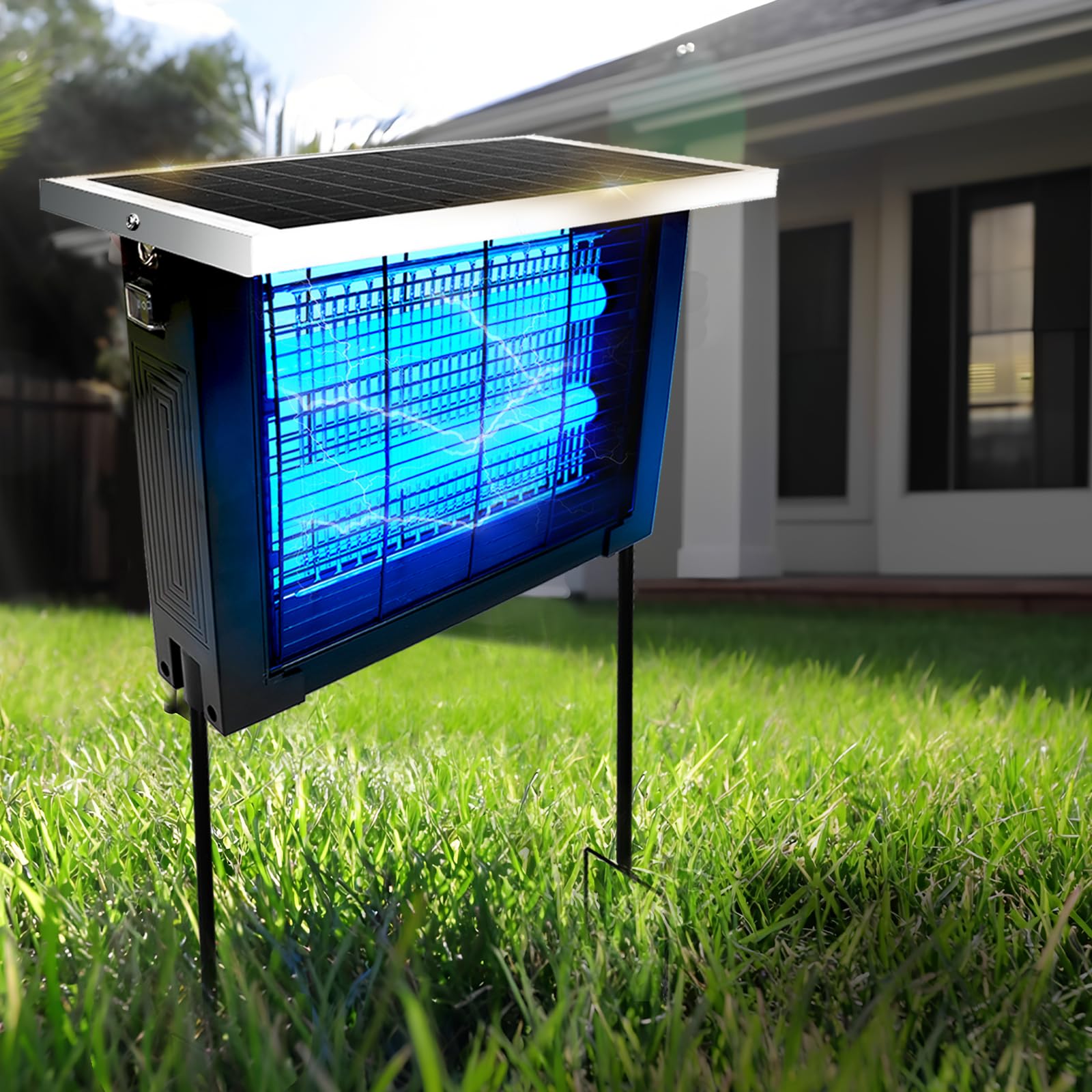Introduction: Why Your Koi’s Needs Change With the Seasons
Koi are cold-blooded creatures, meaning their metabolism, immunity, and behavior shift dramatically with water temperature. A mistake in winter feeding or summer filtration can lead to disease outbreaks, stunted growth, or even death.
This 6,000-word guide breaks down exactly what to do each season—so your koi thrive 365 days a year.
Chapter 1: Spring – The Critical Recovery Season
1.1 Post-Winter Health Check
After months of dormancy, koi are vulnerable to parasites and bacteria.
🔍 What to Inspect:
✅ Body condition (weight loss? sunken eyes?)
✅ Gill movement (labored breathing = flukes?)
✅ Fins & scales (red streaks? ulcers?)
Action Plan:
✔ Treat with PraziQuantel (for flukes)
✔ Salt dip (0.3%) if sluggish
1.2 Feeding Strategy: Wake Up Their Metabolism
Water Temp Food Type Feeding Frequency
< 50°F (10°C) DO NOT FEED –
50–60°F (10–15°C) Wheat germ (easy digest) 1x/day
60–68°F (15–20°C) Low-protein + probiotics 2x/day
⚠️ Warning:
Never feed if < 50°F (undigested food rots in gut)
1.3 Spring Pond Maintenance
✔ Remove sludge (winter debris = ammonia spikes)
✔ Test water (ammonia, nitrites, KH)
✔ Restart biofilter (bacteria colonies need time)
Chapter 2: Summer – Peak Growth & Disease Risks
2.1 Feeding for Maximum Growth
Water Temp Best Food Key Benefit
68–75°F (20–24°C) High-protein (35%+) + spirulina Muscle growth
75–85°F (24–29°C) Color-enhancing + garlic Immunity boost
Pro Tip:
Feed 3–4x daily (small portions)
2.2 Summer Health Threats (And Fixes)
Danger Symptoms Solution
Parasites (Ich, Flukes) Flashing, white spots UV sterilizer + salt dips
Bacterial Infections Red sores, fin rot Antibiotics (Kanamycin)
Low Oxygen Gasping at surface Add aerator + waterfall
2.3 Algae Control Without Harming Koi
❌ Avoid algaecides (toxic to biofilter)
✅ Use barley straw (natural solution)
✅ Add shade (floating plants or sail)
Chapter 3: Fall – Preparing for Winter Survival
3.1 Feeding Adjustments for Cooling Water
Water Temp Food Type Why It Matters
68–60°F (20–15°C) Wheat germ + probiotics Easy digestion
60–50°F (15–10°C) 1x/day light feeding Prevent bloating
Key Rule:
✔ Stop feeding < 50°F (10°C)
3.2 Fall Pond Prep Checklist
✔ Net the pond (keep leaves out)
✔ Partial water change (remove excess organics)
✔ Check equipment (heater, aerator for winter)
3.3 Last Parasite Treatment Before Winter
PraziQuantel + General Cure (eliminate hidden flukes/worms)
Salt bath (0.3%) for gill flushes
Chapter 4: Winter – Survival Mode Care
4.1 The #1 Winter Mistake (Feeding!)
❌ Feeding below 50°F → Food rots in gut → Swim bladder disease
What to Do Instead:
✔ Switch to fasting (koi live off fat reserves)
✔ Use a pond heater (if keeping above 50°F)
4.2 Ice Prevention & Oxygen Tips
✔ Keep a hole in ice (use aerator or de-icer)
✔ Avoid breaking ice (shock waves stress fish)

4.3 Winter Health Monitoring
🔹 Check weekly for:
Fungus patches (treat with salt if seen)
Lethargy (could signal oxygen issues)
Chapter 5: Seasonal Water Quality Management
5.1 Temperature-Based Filtration Adjustments
Summer: Max filtration (high bio-load)
Winter: Reduce flow (prevents overcooling)
5.2 pH & KH Stability Across Seasons
✔ Test monthly (winter KH drops faster)
✔ Add crushed coral (buffers pH naturally)
Final Tip: The 60-Second Seasonal Checklist
Every 3 Months, Ask:
1️⃣ Is my feeding plan matching the water temp?
2️⃣ Are filters running optimally?
3️⃣ Have I treated for seasonal parasites?
4️⃣ Is oxygen sufficient for current temps?
Follow this, and your koi will stay healthy year-round!
